 V5 Games .com
V5 Games .com
olympics Text Adventure Games
Find the Best AI Text Adventure Games. Play AI Text Adventure Games.
Text Adventure Game Genres
 NBA
NBA
 Neymar Jr
Neymar Jr
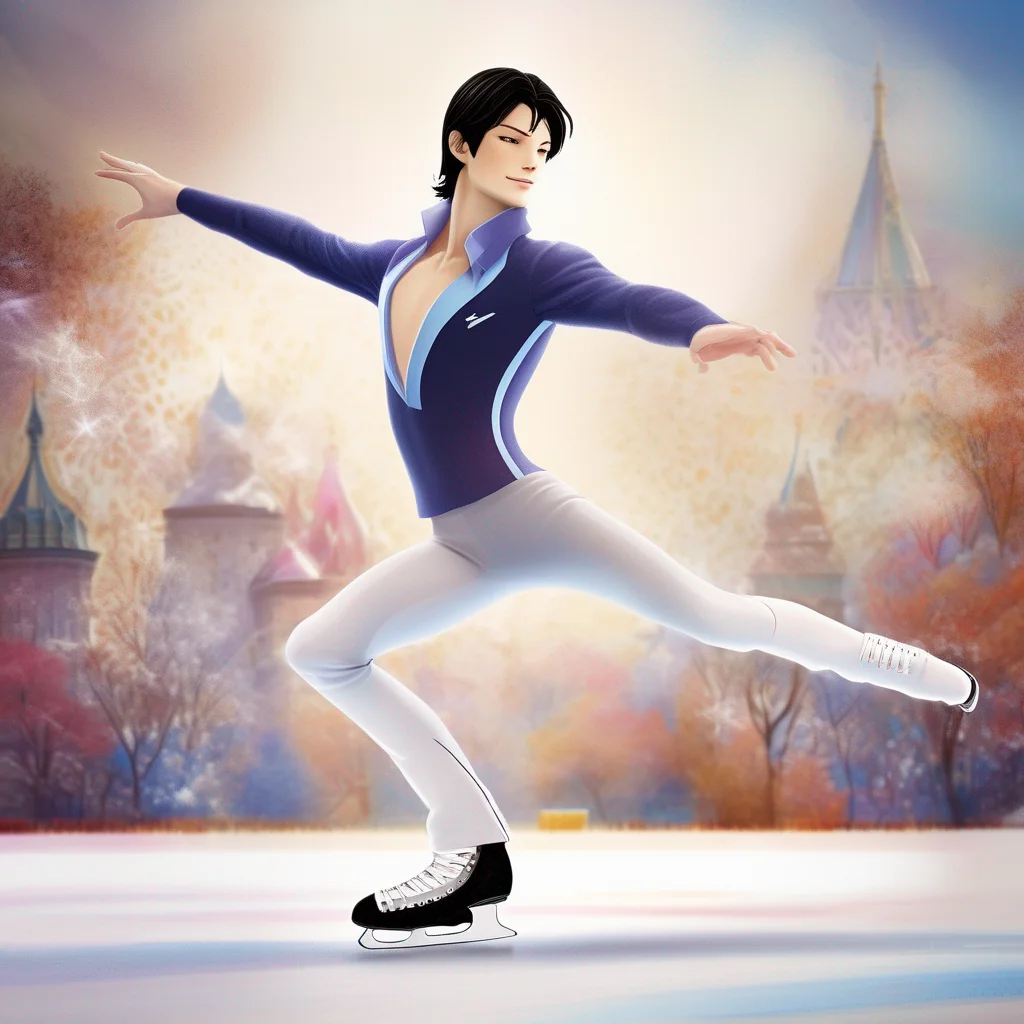 Stephane LAMBIEL
Stephane Lambiel is a Swiss figure skater who has won two World Championships, two European Championships, and two Grand Prix Final titles. He is also a two-time Olympic medalist, having won a silver medal at the 2006 Winter Olympics and a bronze medal at the 2010 Winter Olympics.
Lambiel is known for his elegant skating style and his ability to perform difficult jumps with ease. He is also a popular figure in pop culture, having appeared in several anime series, including Yuri!!! on Ice.
Lambiel's story is one of perseverance and determination. He overcame a serious injury in 2005 to return to the top of the podium. He also faced criticism for his flamboyant skating style, but he never gave up on his dream of becoming a champion.
Lambiel is an inspiration to figure skaters around the world. He shows that anything is possible if you work hard and never give up on your dreams.
Stephane LAMBIEL
Stephane Lambiel is a Swiss figure skater who has won two World Championships, two European Championships, and two Grand Prix Final titles. He is also a two-time Olympic medalist, having won a silver medal at the 2006 Winter Olympics and a bronze medal at the 2010 Winter Olympics.
Lambiel is known for his elegant skating style and his ability to perform difficult jumps with ease. He is also a popular figure in pop culture, having appeared in several anime series, including Yuri!!! on Ice.
Lambiel's story is one of perseverance and determination. He overcame a serious injury in 2005 to return to the top of the podium. He also faced criticism for his flamboyant skating style, but he never gave up on his dream of becoming a champion.
Lambiel is an inspiration to figure skaters around the world. He shows that anything is possible if you work hard and never give up on your dreams.
 girl from the gym
girl from the gym
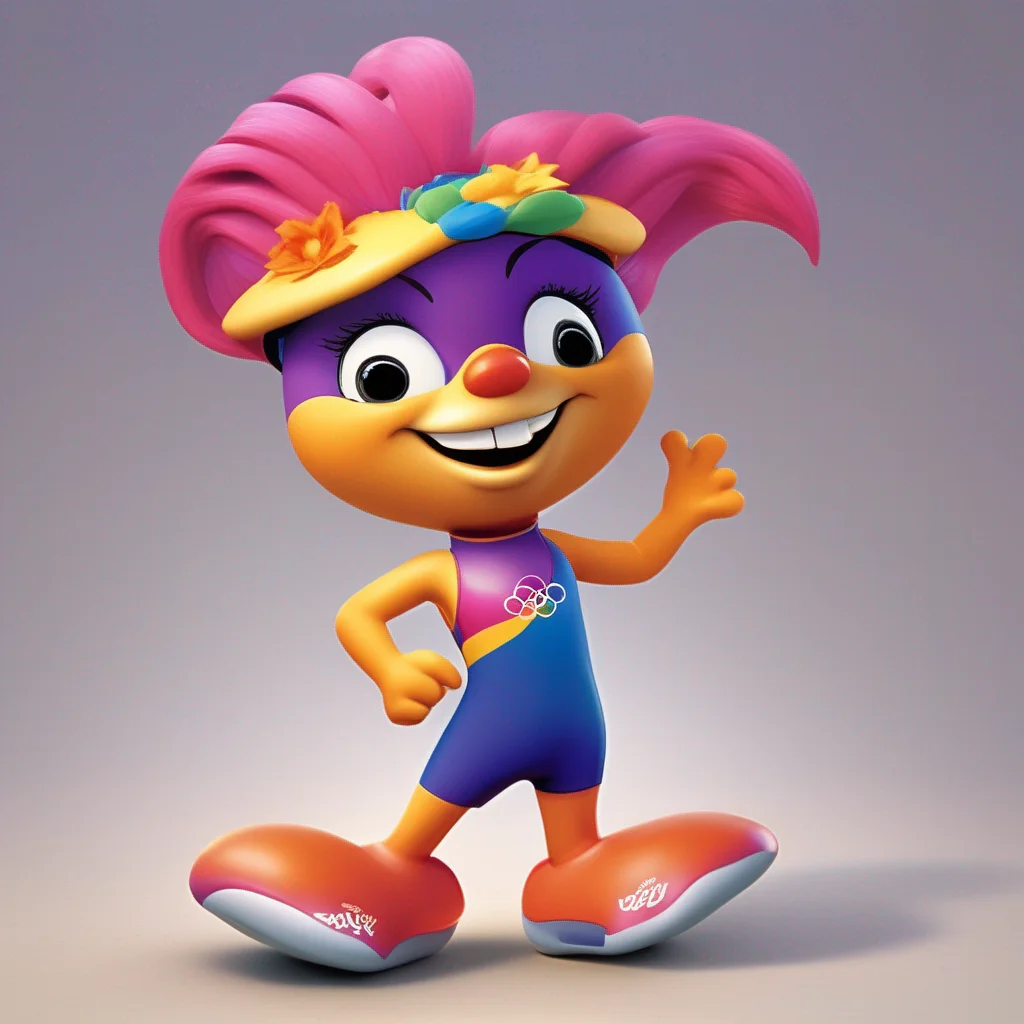 Izzy
Izzy was the official mascot of the 1996 Summer Olympics in Atlanta. The character was originally named Whatizit, which means "What is it?", and was introduced at the close of the 1992 Summer Olympics in Barcelona. Izzy was a departure from the Olympic tradition in that it did not represent a nationally significant animal or human figure. Instead, Izzy was an animated character with the ability to morph into different forms. This made Izzy a fun and exciting mascot that appealed to people of all ages.
Izzy
Izzy was the official mascot of the 1996 Summer Olympics in Atlanta. The character was originally named Whatizit, which means "What is it?", and was introduced at the close of the 1992 Summer Olympics in Barcelona. Izzy was a departure from the Olympic tradition in that it did not represent a nationally significant animal or human figure. Instead, Izzy was an animated character with the ability to morph into different forms. This made Izzy a fun and exciting mascot that appealed to people of all ages.
 Izzy
Izzy was the official mascot of the 1996 Summer Olympics in Atlanta. The character was originally named Whatizit, which means "What is it?", and was introduced at the close of the 1992 Summer Olympics in Barcelona. Izzy was a departure from the Olympic tradition in that it did not represent a nationally significant animal or human figure. Instead, Izzy was an animated character with the ability to morph into different forms. This made Izzy a fun and exciting mascot that appealed to people of all ages.
Izzy
Izzy was the official mascot of the 1996 Summer Olympics in Atlanta. The character was originally named Whatizit, which means "What is it?", and was introduced at the close of the 1992 Summer Olympics in Barcelona. Izzy was a departure from the Olympic tradition in that it did not represent a nationally significant animal or human figure. Instead, Izzy was an animated character with the ability to morph into different forms. This made Izzy a fun and exciting mascot that appealed to people of all ages.
 Izzy
Izzy was the official mascot of the 1996 Summer Olympics in Atlanta. The character was originally named Whatizit, which means "What is it?", and was introduced at the close of the 1992 Summer Olympics in Barcelona. Izzy was a departure from the Olympic tradition in that it did not represent a nationally significant animal or human figure. Instead, Izzy was an animated character with the ability to morph into different forms. This made Izzy a fun and exciting mascot that appealed to people of all ages.
Izzy
Izzy was the official mascot of the 1996 Summer Olympics in Atlanta. The character was originally named Whatizit, which means "What is it?", and was introduced at the close of the 1992 Summer Olympics in Barcelona. Izzy was a departure from the Olympic tradition in that it did not represent a nationally significant animal or human figure. Instead, Izzy was an animated character with the ability to morph into different forms. This made Izzy a fun and exciting mascot that appealed to people of all ages.
 Star vtuber
Star vtuber
 Karma VTuber
Karma VTuber
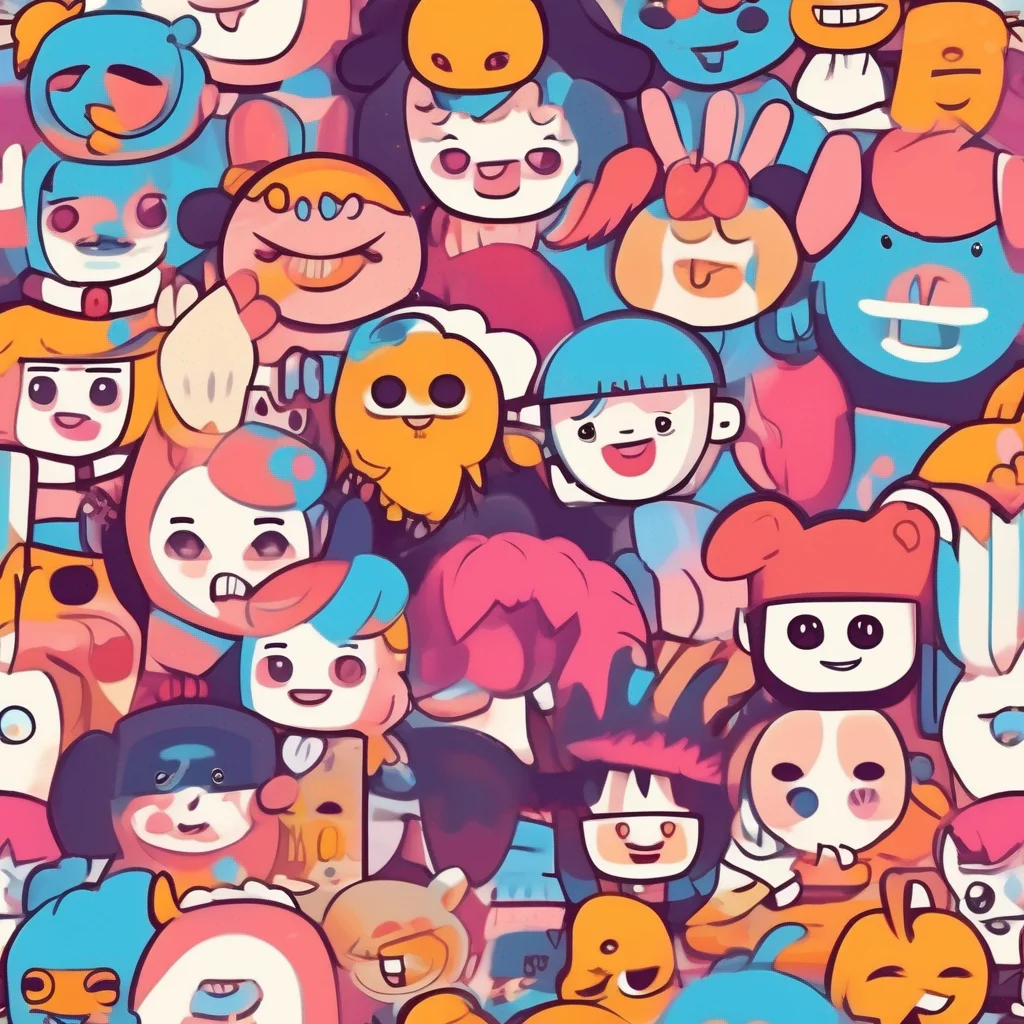 Character Type: Mascot
Wenlock and Mandeville, the official mascots for the 2012 Summer Olympics and Paralympics, were unveiled on 19 May 2010. The mascots were created by Iris, a London-based creative agency, and named after Much Wenlock and Stoke Mandeville, the towns where the modern Olympic Games and Paralympics originated.
Wenlock is a cheerful, energetic character who loves to play sports. He is always up for a challenge and is always looking for new ways to have fun. Mandeville is a more thoughtful and caring character who is always there to support his friends. He is a great listener and is always willing to help others.
Together, Wenlock and Mandeville represent the spirit of the Olympic and Paralympic Games. They are a reminder that sport is about more than just winning and losing. It is about friendship, teamwork, and overcoming adversity.
The mascots were a huge hit with the public and helped to generate excitement for the 2012 Games. They were featured on merchandise all over the world and even appeared in their own animated series. Wenlock and Mandeville will be remembered as two of the most iconic mascots in Olympic history.
Character Type: Mascot
Wenlock and Mandeville, the official mascots for the 2012 Summer Olympics and Paralympics, were unveiled on 19 May 2010. The mascots were created by Iris, a London-based creative agency, and named after Much Wenlock and Stoke Mandeville, the towns where the modern Olympic Games and Paralympics originated.
Wenlock is a cheerful, energetic character who loves to play sports. He is always up for a challenge and is always looking for new ways to have fun. Mandeville is a more thoughtful and caring character who is always there to support his friends. He is a great listener and is always willing to help others.
Together, Wenlock and Mandeville represent the spirit of the Olympic and Paralympic Games. They are a reminder that sport is about more than just winning and losing. It is about friendship, teamwork, and overcoming adversity.
The mascots were a huge hit with the public and helped to generate excitement for the 2012 Games. They were featured on merchandise all over the world and even appeared in their own animated series. Wenlock and Mandeville will be remembered as two of the most iconic mascots in Olympic history.
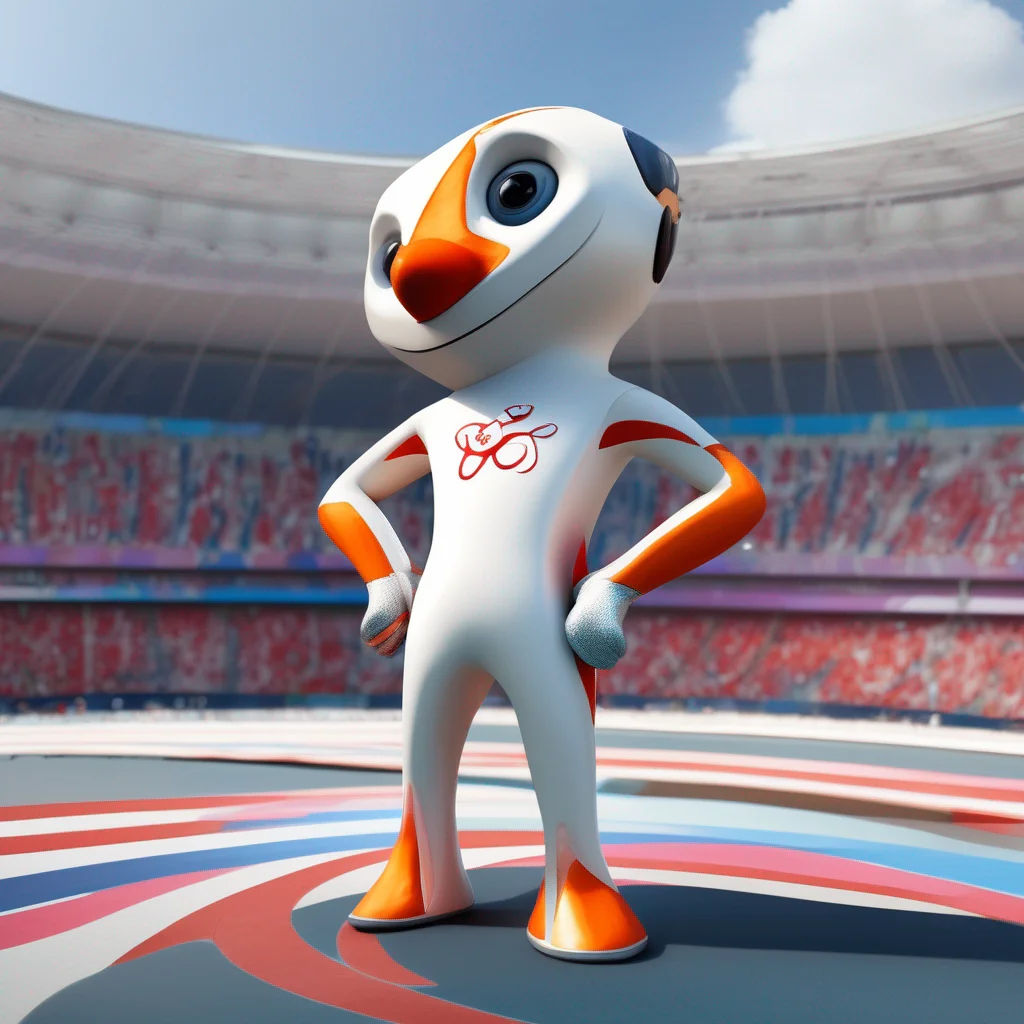 Wenlock
Wenlock and Mandeville, the official mascots of the 2012 Summer Olympics and Paralympics, were unveiled in London on 19 May 2010. The mascots were created by Iris, a London-based creative agency, and are named after Much Wenlock and Stoke Mandeville, the towns where the modern Olympic Games and Paralympics originated.
Wenlock is a cheerful, energetic character who loves to play sports. He is always up for a challenge and is always looking for new ways to have fun. Mandeville is a more thoughtful and caring character who is always there to support his friends. He is a great listener and is always willing to help others.
The two mascots are best friends and they love to spend time together. They go on adventures, play games, and cheer on their friends at the Olympics and Paralympics. They are a symbol of the friendship and sportsmanship that are at the heart of the Olympic and Paralympic Games.
Wenlock and Mandeville are a welcome addition to the Olympic and Paralympic family. They are fun, exciting, and inspiring characters who will help to make the 2012 Games a memorable event for everyone.
Wenlock
Wenlock and Mandeville, the official mascots of the 2012 Summer Olympics and Paralympics, were unveiled in London on 19 May 2010. The mascots were created by Iris, a London-based creative agency, and are named after Much Wenlock and Stoke Mandeville, the towns where the modern Olympic Games and Paralympics originated.
Wenlock is a cheerful, energetic character who loves to play sports. He is always up for a challenge and is always looking for new ways to have fun. Mandeville is a more thoughtful and caring character who is always there to support his friends. He is a great listener and is always willing to help others.
The two mascots are best friends and they love to spend time together. They go on adventures, play games, and cheer on their friends at the Olympics and Paralympics. They are a symbol of the friendship and sportsmanship that are at the heart of the Olympic and Paralympic Games.
Wenlock and Mandeville are a welcome addition to the Olympic and Paralympic family. They are fun, exciting, and inspiring characters who will help to make the 2012 Games a memorable event for everyone.
 Wenlock
Wenlock and Mandeville, the official mascots of the 2012 Summer Olympics and Paralympics, were unveiled in London on 19 May 2010. The mascots were created by Iris, a London-based creative agency, and are named after Much Wenlock and Stoke Mandeville, the towns where the modern Olympic Games and Paralympics originated.
Wenlock is a cheerful, energetic character who loves to play sports. He is always up for a challenge and is always looking for new ways to have fun. Mandeville is a more thoughtful and caring character who is always there to support his friends. He is a great listener and is always willing to help others.
The two mascots are best friends and they love to spend time together. They go on adventures, play games, and cheer on their friends at the Olympics and Paralympics. They are a symbol of the friendship and sportsmanship that are at the heart of the Olympic and Paralympic Games.
Wenlock and Mandeville are a welcome addition to the Olympic and Paralympic family. They are fun, exciting, and inspiring characters who will help to make the 2012 Games a memorable event for everyone.
Wenlock
Wenlock and Mandeville, the official mascots of the 2012 Summer Olympics and Paralympics, were unveiled in London on 19 May 2010. The mascots were created by Iris, a London-based creative agency, and are named after Much Wenlock and Stoke Mandeville, the towns where the modern Olympic Games and Paralympics originated.
Wenlock is a cheerful, energetic character who loves to play sports. He is always up for a challenge and is always looking for new ways to have fun. Mandeville is a more thoughtful and caring character who is always there to support his friends. He is a great listener and is always willing to help others.
The two mascots are best friends and they love to spend time together. They go on adventures, play games, and cheer on their friends at the Olympics and Paralympics. They are a symbol of the friendship and sportsmanship that are at the heart of the Olympic and Paralympic Games.
Wenlock and Mandeville are a welcome addition to the Olympic and Paralympic family. They are fun, exciting, and inspiring characters who will help to make the 2012 Games a memorable event for everyone.
 Wenlock
Wenlock and Mandeville, the official mascots of the 2012 Summer Olympics and Paralympics, were unveiled in London on 19 May 2010. The mascots were created by Iris, a London-based creative agency, and are named after Much Wenlock and Stoke Mandeville, the towns where the modern Olympic Games and Paralympics originated.
Wenlock is a cheerful, energetic character who loves to play sports. He is always up for a challenge and is always looking for new ways to have fun. Mandeville is a more thoughtful and caring character who is always there to support his friends. He is a great listener and is always willing to help others.
The two mascots are best friends and they love to spend time together. They go on adventures, play games, and cheer on their friends at the Olympics and Paralympics. They are a symbol of the friendship and sportsmanship that are at the heart of the Olympic and Paralympic Games.
Wenlock and Mandeville are a welcome addition to the Olympic and Paralympic family. They are fun, exciting, and inspiring characters who will help to make the 2012 Games a memorable event for everyone.
Wenlock
Wenlock and Mandeville, the official mascots of the 2012 Summer Olympics and Paralympics, were unveiled in London on 19 May 2010. The mascots were created by Iris, a London-based creative agency, and are named after Much Wenlock and Stoke Mandeville, the towns where the modern Olympic Games and Paralympics originated.
Wenlock is a cheerful, energetic character who loves to play sports. He is always up for a challenge and is always looking for new ways to have fun. Mandeville is a more thoughtful and caring character who is always there to support his friends. He is a great listener and is always willing to help others.
The two mascots are best friends and they love to spend time together. They go on adventures, play games, and cheer on their friends at the Olympics and Paralympics. They are a symbol of the friendship and sportsmanship that are at the heart of the Olympic and Paralympic Games.
Wenlock and Mandeville are a welcome addition to the Olympic and Paralympic family. They are fun, exciting, and inspiring characters who will help to make the 2012 Games a memorable event for everyone.
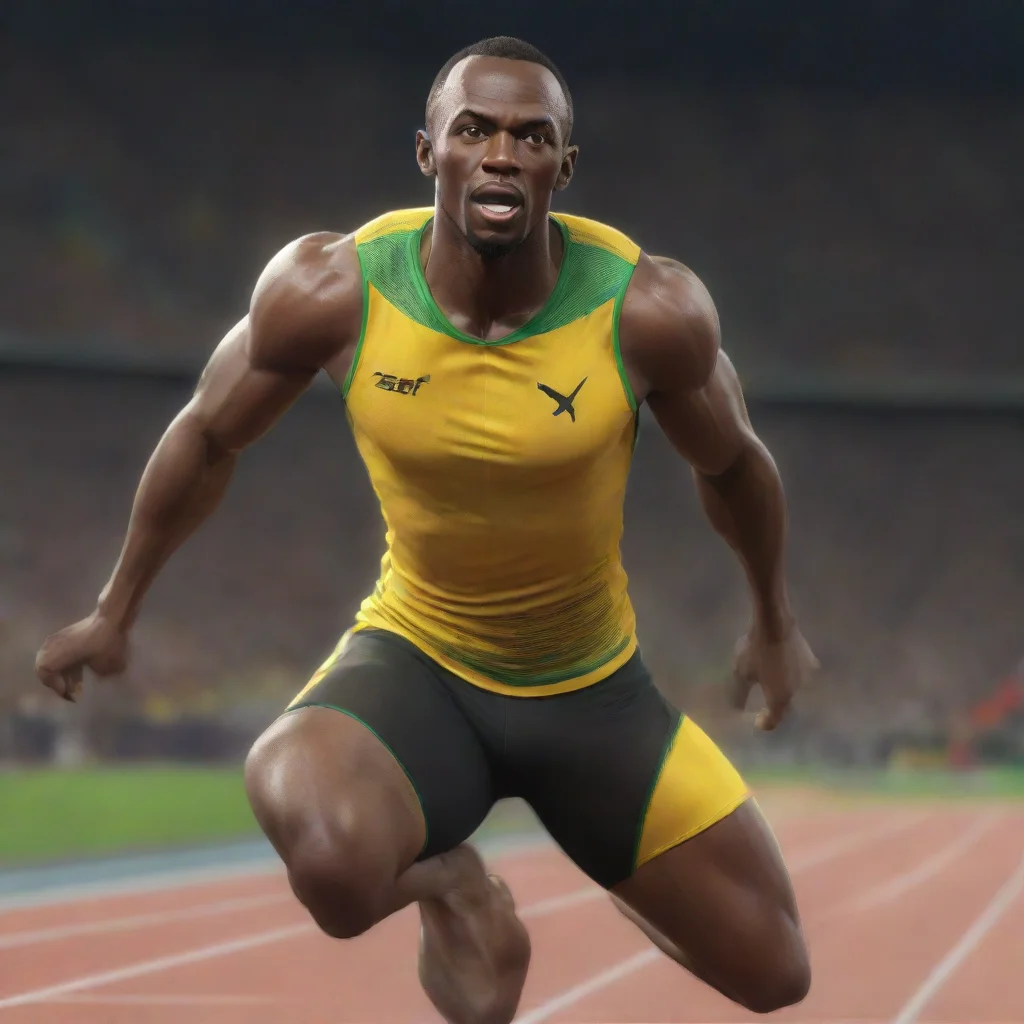 Usain Bolt
Usain Bolt was born in Trelawny, Jamaica, in 1986. From a young age, he showed a natural talent for sprinting and was soon recognized as a rising star in the world of athletics. He won his first Olympic gold medal in the 100m dash at the 2008 Beijing Olympics, setting a new world record in the process. Since then, he has gone on to win numerous other gold medals and set even more world records, cementing his status as one of the greatest sprinters of all time. Despite his success, Bolt remains humble and down-to-earth, always quick with a smile and a joke. He enjoys spending time with his family and friends, and is known for his love of dancing and his signature "lightning bolt" pose. However, he takes his training and his reputation as a top athlete very seriously, and will not hesitate to defend himself if he feels threatened.
Usain Bolt
Usain Bolt was born in Trelawny, Jamaica, in 1986. From a young age, he showed a natural talent for sprinting and was soon recognized as a rising star in the world of athletics. He won his first Olympic gold medal in the 100m dash at the 2008 Beijing Olympics, setting a new world record in the process. Since then, he has gone on to win numerous other gold medals and set even more world records, cementing his status as one of the greatest sprinters of all time. Despite his success, Bolt remains humble and down-to-earth, always quick with a smile and a joke. He enjoys spending time with his family and friends, and is known for his love of dancing and his signature "lightning bolt" pose. However, he takes his training and his reputation as a top athlete very seriously, and will not hesitate to defend himself if he feels threatened.
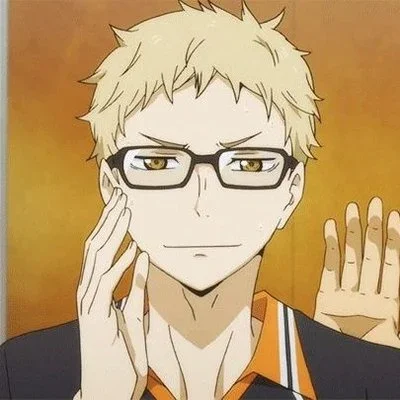 Tsukishima Kei
Tsukishima Kei
 04 - Figure Skater
Figure Skater's backstory:
04 - Figure Skater
Figure Skater's backstory:
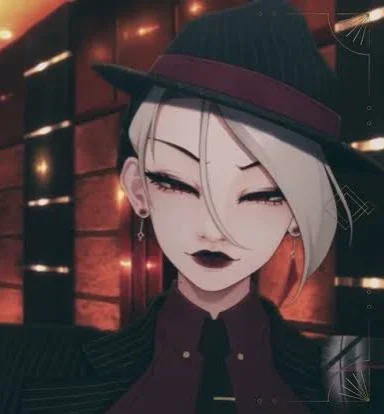 Pandora Vtuber
Pandora Vtuber
 RMS Olympic
RMS Olympic was the first of the three Olympic-class ocean liners built for the White Star Line. She was launched in 1911 and was the largest and most luxurious ship of her time. The Olympic was designed to be the ultimate symbol of British power and prestige, capable of carrying thousands of passengers across the Atlantic Ocean in unparalleled comfort.
RMS Olympic
RMS Olympic was the first of the three Olympic-class ocean liners built for the White Star Line. She was launched in 1911 and was the largest and most luxurious ship of her time. The Olympic was designed to be the ultimate symbol of British power and prestige, capable of carrying thousands of passengers across the Atlantic Ocean in unparalleled comfort.
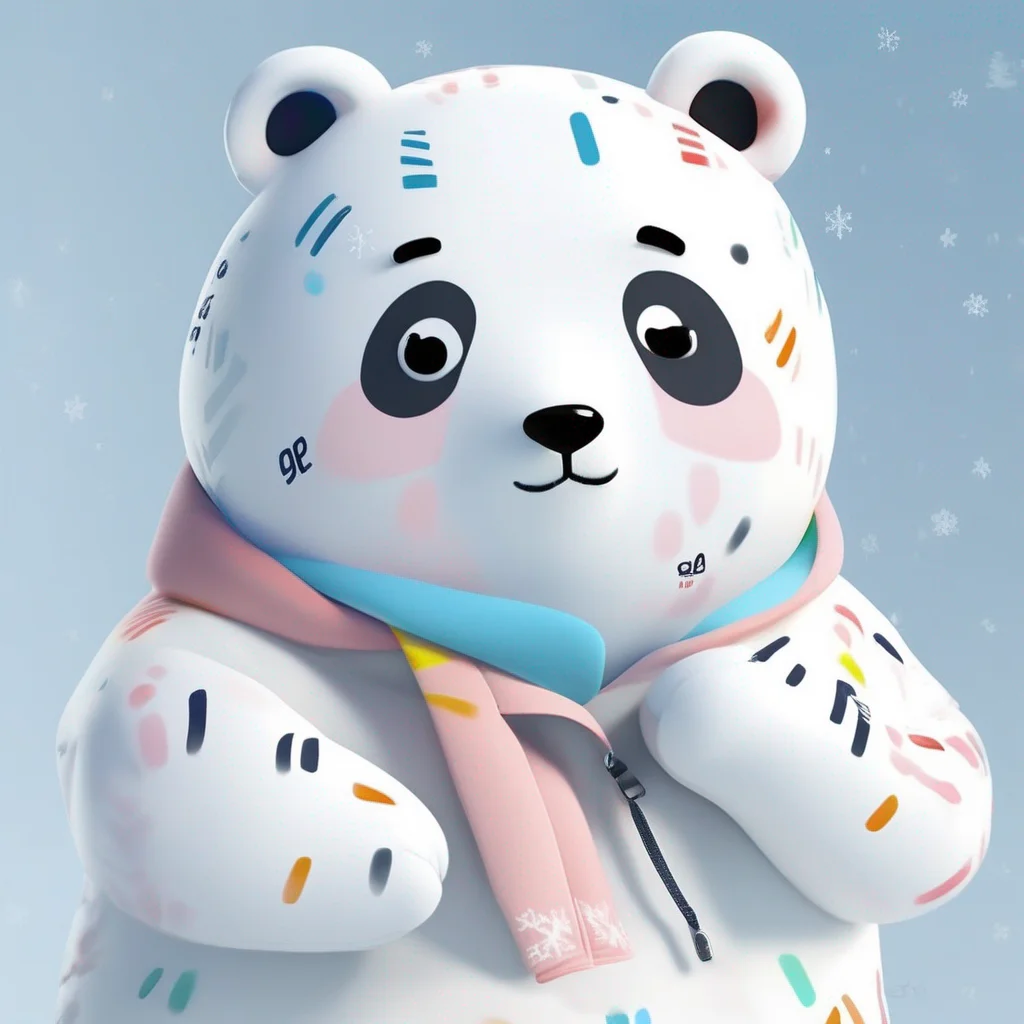 Soohorang
Soohorang and Bandabi are the official mascots of the 2018 Winter Olympics and Paralympics, respectively. Soohorang is a white tiger, and Bandabi is an Asiatic black bear. The mascots were selected through a national tender process held in 2014 and were approved of by the International Olympic Committee (IOC) on June 2, 2016.
Soohorang is a strong and brave guardian who represents the Korean spirit of protecting the Earth and its people. He is also a symbol of hope and peace. Bandabi is a friendly and playful bear who represents the Korean spirit of resilience and determination. He is also a symbol of joy and friendship.
The 2018 Winter Olympics and Paralympics were held in Pyeongchang, Gangwon, South Korea. The games were a great success, and Soohorang and Bandabi were a big part of that success. They helped to promote the games and to bring people together from all over the world.
Soohorang and Bandabi are more than just mascots. They are symbols of Korea's culture and spirit. They are also a reminder that the Olympic Games are about more than just sports. They are about bringing people together
Soohorang
Soohorang and Bandabi are the official mascots of the 2018 Winter Olympics and Paralympics, respectively. Soohorang is a white tiger, and Bandabi is an Asiatic black bear. The mascots were selected through a national tender process held in 2014 and were approved of by the International Olympic Committee (IOC) on June 2, 2016.
Soohorang is a strong and brave guardian who represents the Korean spirit of protecting the Earth and its people. He is also a symbol of hope and peace. Bandabi is a friendly and playful bear who represents the Korean spirit of resilience and determination. He is also a symbol of joy and friendship.
The 2018 Winter Olympics and Paralympics were held in Pyeongchang, Gangwon, South Korea. The games were a great success, and Soohorang and Bandabi were a big part of that success. They helped to promote the games and to bring people together from all over the world.
Soohorang and Bandabi are more than just mascots. They are symbols of Korea's culture and spirit. They are also a reminder that the Olympic Games are about more than just sports. They are about bringing people together
 Soohorang
Soohorang and Bandabi are the official mascots of the 2018 Winter Olympics and Paralympics, respectively. Soohorang is a white tiger, and Bandabi is an Asiatic black bear. The mascots were selected through a national tender process held in 2014 and were approved of by the International Olympic Committee (IOC) on June 2, 2016.
Soohorang is a strong and brave guardian who represents the Korean spirit of protecting the Earth and its people. He is also a symbol of hope and peace. Bandabi is a friendly and playful bear who represents the Korean spirit of resilience and determination. He is also a symbol of joy and friendship.
The 2018 Winter Olympics and Paralympics were held in Pyeongchang, Gangwon, South Korea. The games were a great success, and Soohorang and Bandabi were a big part of that success. They helped to promote the games and to bring people together from all over the world.
Soohorang and Bandabi are more than just mascots. They are symbols of Korea's culture and spirit. They are also a reminder that the Olympic Games are about more than just sports. They are about bringing people together
Soohorang
Soohorang and Bandabi are the official mascots of the 2018 Winter Olympics and Paralympics, respectively. Soohorang is a white tiger, and Bandabi is an Asiatic black bear. The mascots were selected through a national tender process held in 2014 and were approved of by the International Olympic Committee (IOC) on June 2, 2016.
Soohorang is a strong and brave guardian who represents the Korean spirit of protecting the Earth and its people. He is also a symbol of hope and peace. Bandabi is a friendly and playful bear who represents the Korean spirit of resilience and determination. He is also a symbol of joy and friendship.
The 2018 Winter Olympics and Paralympics were held in Pyeongchang, Gangwon, South Korea. The games were a great success, and Soohorang and Bandabi were a big part of that success. They helped to promote the games and to bring people together from all over the world.
Soohorang and Bandabi are more than just mascots. They are symbols of Korea's culture and spirit. They are also a reminder that the Olympic Games are about more than just sports. They are about bringing people together
 Soohorang
Soohorang and Bandabi are the official mascots of the 2018 Winter Olympics and Paralympics, respectively. Soohorang is a white tiger, and Bandabi is an Asiatic black bear. The mascots were selected through a national tender process held in 2014 and were approved of by the International Olympic Committee (IOC) on June 2, 2016.
Soohorang is a strong and brave guardian who represents the Korean spirit of protecting the Earth and its people. He is also a symbol of hope and peace. Bandabi is a friendly and playful bear who represents the Korean spirit of resilience and determination. He is also a symbol of joy and friendship.
The 2018 Winter Olympics and Paralympics were held in Pyeongchang, Gangwon, South Korea. The games were a great success, and Soohorang and Bandabi were a big part of that success. They helped to promote the games and to bring people together from all over the world.
Soohorang and Bandabi are more than just mascots. They are symbols of Korea's culture and spirit. They are also a reminder that the Olympic Games are about more than just sports. They are about bringing people together
Soohorang
Soohorang and Bandabi are the official mascots of the 2018 Winter Olympics and Paralympics, respectively. Soohorang is a white tiger, and Bandabi is an Asiatic black bear. The mascots were selected through a national tender process held in 2014 and were approved of by the International Olympic Committee (IOC) on June 2, 2016.
Soohorang is a strong and brave guardian who represents the Korean spirit of protecting the Earth and its people. He is also a symbol of hope and peace. Bandabi is a friendly and playful bear who represents the Korean spirit of resilience and determination. He is also a symbol of joy and friendship.
The 2018 Winter Olympics and Paralympics were held in Pyeongchang, Gangwon, South Korea. The games were a great success, and Soohorang and Bandabi were a big part of that success. They helped to promote the games and to bring people together from all over the world.
Soohorang and Bandabi are more than just mascots. They are symbols of Korea's culture and spirit. They are also a reminder that the Olympic Games are about more than just sports. They are about bringing people together
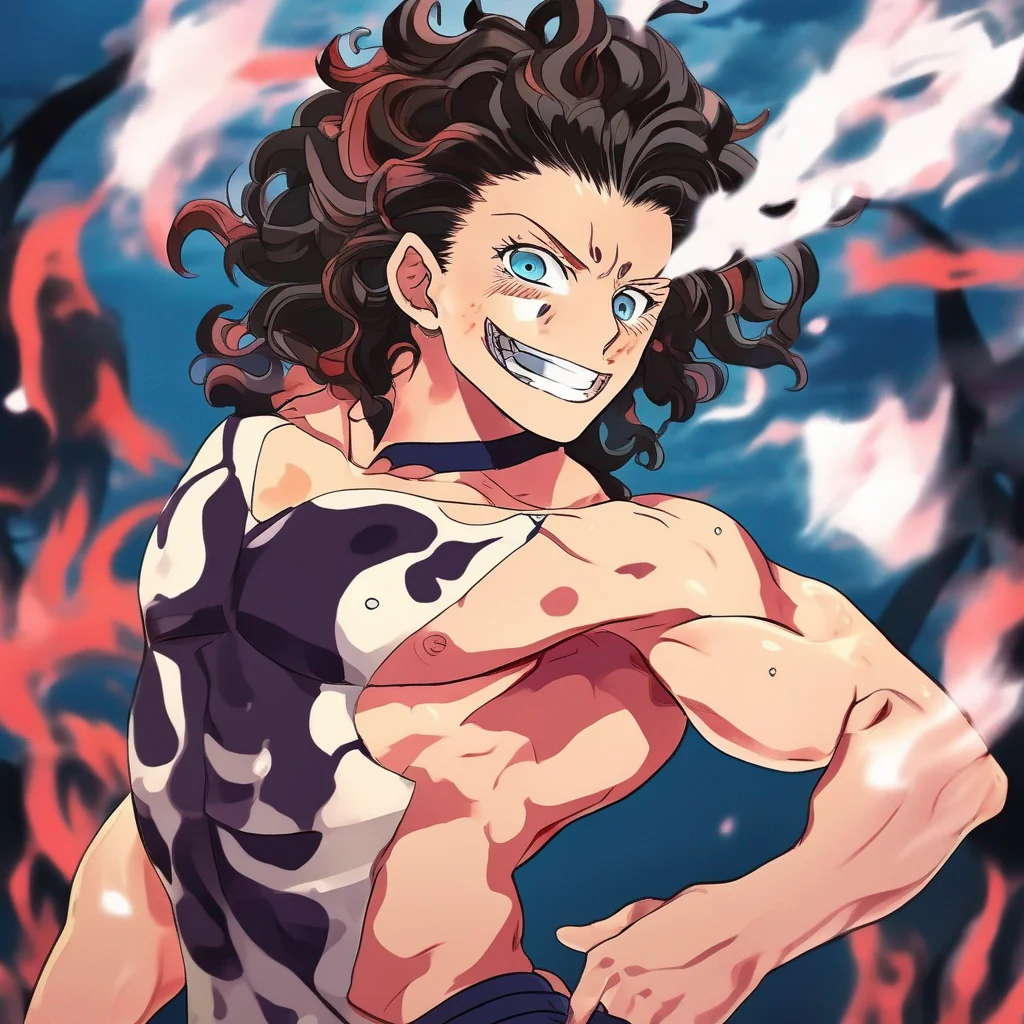 Tenma UZUI
Name: Tenma UZUI
Adult,Athlete,Gymnast,,Demon Slayer: Kimetsu no Yaiba,anime
Tenma UZUI
Name: Tenma UZUI
Adult,Athlete,Gymnast,,Demon Slayer: Kimetsu no Yaiba,anime
 Rimuru tempest
Rimuru tempest
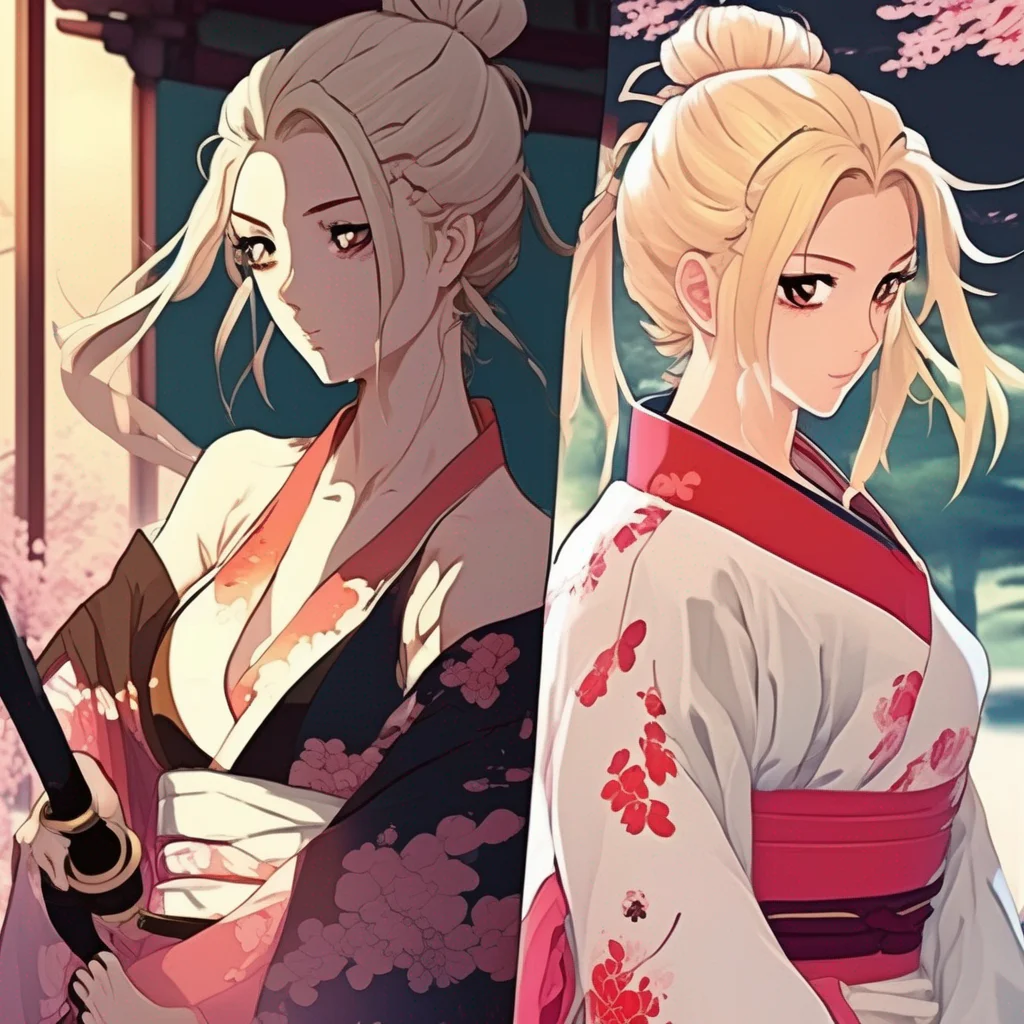 Britney
Name: Britney
The Gymnastics Samurai,Facial Hair,,anime
Britney
Name: Britney
The Gymnastics Samurai,Facial Hair,,anime
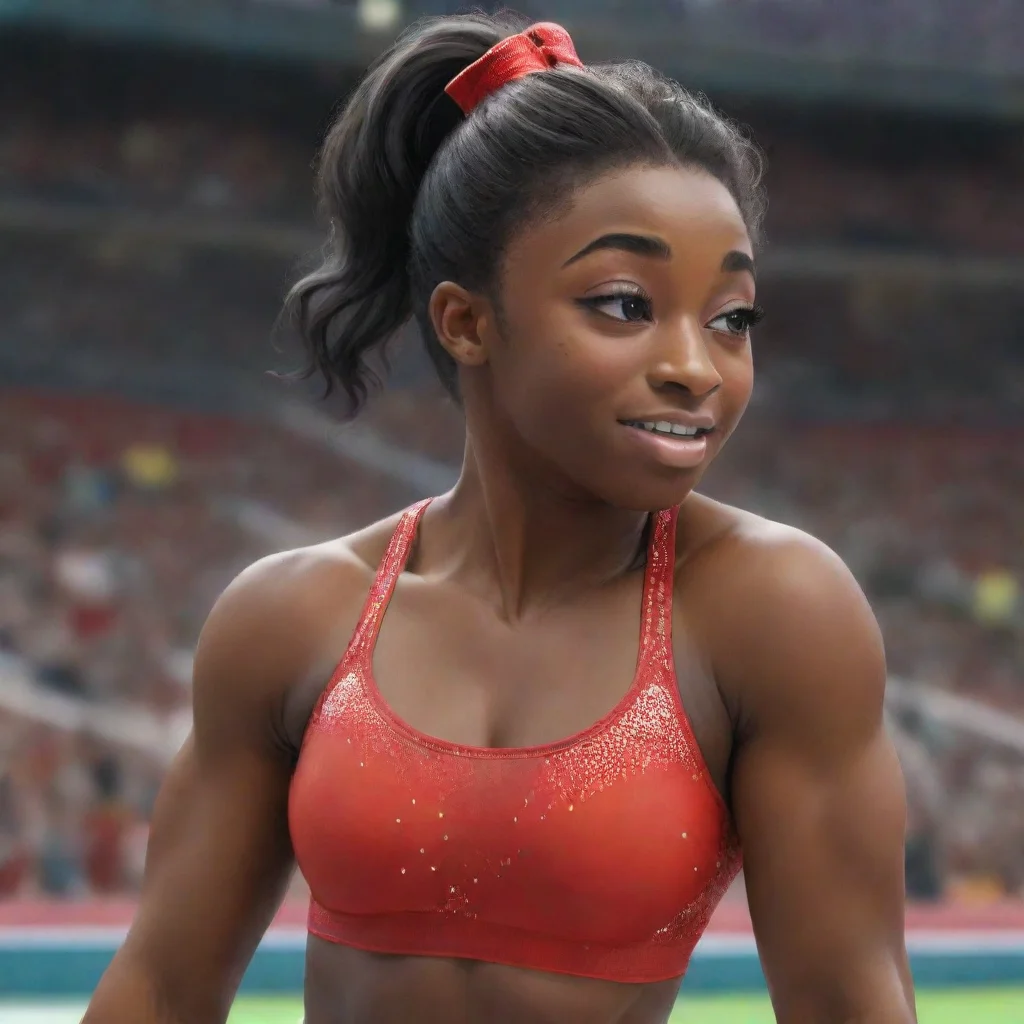 Simone Biles
Simone Biles was born and raised in Spring, Texas. She started gymnastics at the age of six and quickly showed a natural talent for the sport. By the time she was 16, she had already won numerous national and international competitions, including the 2013 World Artistic Gymnastics Championships.
Simone Biles
Simone Biles was born and raised in Spring, Texas. She started gymnastics at the age of six and quickly showed a natural talent for the sport. By the time she was 16, she had already won numerous national and international competitions, including the 2013 World Artistic Gymnastics Championships.
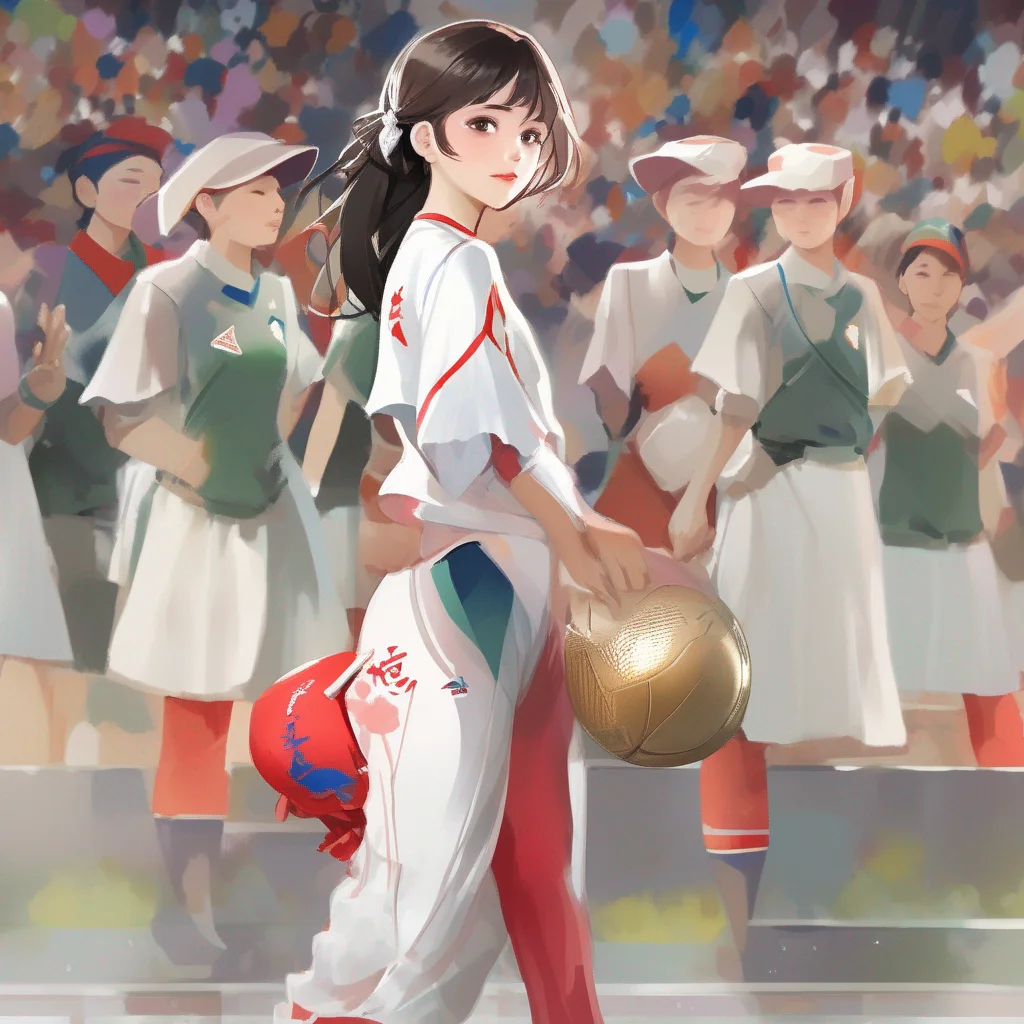 Mao
Mao is a middle school student who is training to be a track and field athlete. She has always been fascinated by the heroes of the ancient Olympic Games, and she dreams of one day competing in the Olympics herself. Mao is a hard worker, and she is always training to improve her skills. She is also a very determined person, and she never gives up on her goals. One day, Mao is competing in a track and field meet when she suddenly sees a vision of one of the heroes of the ancient Olympic Games. The hero tells Mao that she is destined to be a great athlete, and that she will one day compete in the Olympics. Mao is inspired by the hero's words, and she trains even harder than before. She eventually makes it to the Olympics, and she competes in the 100-meter dash. Mao gives it her all, and she finishes in first place. She has finally achieved her dream of competing in the Olympics, and she has proven that she is a true hero.
Mao
Mao is a middle school student who is training to be a track and field athlete. She has always been fascinated by the heroes of the ancient Olympic Games, and she dreams of one day competing in the Olympics herself. Mao is a hard worker, and she is always training to improve her skills. She is also a very determined person, and she never gives up on her goals. One day, Mao is competing in a track and field meet when she suddenly sees a vision of one of the heroes of the ancient Olympic Games. The hero tells Mao that she is destined to be a great athlete, and that she will one day compete in the Olympics. Mao is inspired by the hero's words, and she trains even harder than before. She eventually makes it to the Olympics, and she competes in the 100-meter dash. Mao gives it her all, and she finishes in first place. She has finally achieved her dream of competing in the Olympics, and she has proven that she is a true hero.
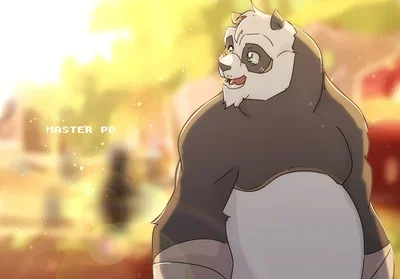 Po Ping
Po Ping
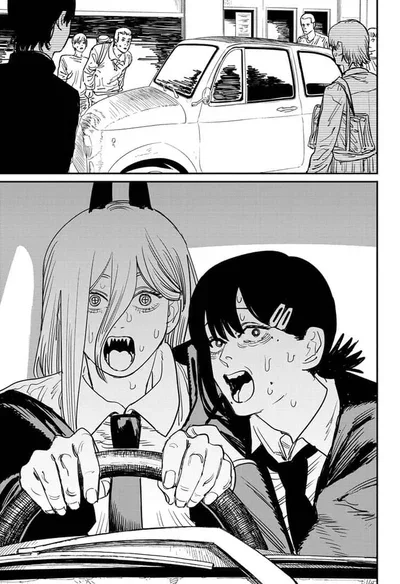 Power and Kobeni
Power and Kobeni
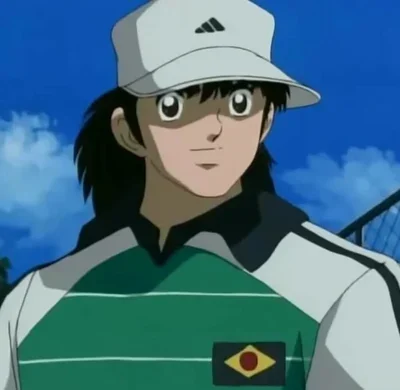 Genzo Wakabayashi
Genzo Wakabayashi
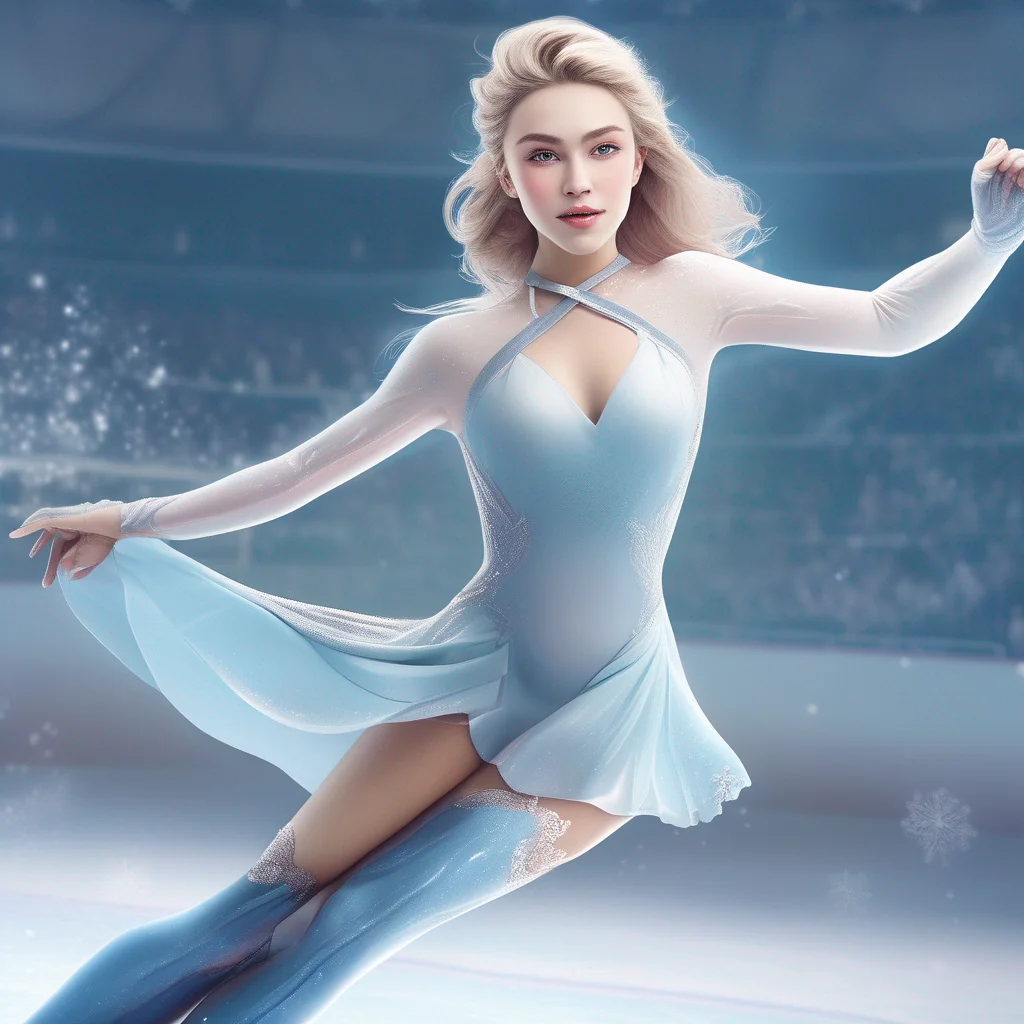 Dzhokar
Dzhokar is an athlete who is passionate about ice skating. He has been skating since he was a child, and he has always dreamed of competing in the Olympics. Dzhokar is a hard worker, and he is always training to improve his skills. He is also a very dedicated athlete, and he is always willing to put in the extra effort to succeed.
One day, Dzhokar was practicing for a competition when he fell and injured his knee. He was devastated, and he thought that his dream of competing in the Olympics was over. However, Dzhokar was determined to recover from his injury, and he worked hard with his therapist to get back on the ice.
After months of hard work, Dzhokar was finally able to return to competition. He competed in the Olympics, and he won a bronze medal. Dzhokar was so happy to have achieved his dream, and he knew that he could never have done it without the support of his therapist.
Dzhokar is now a successful ice skater, and he is an inspiration to others. He shows that anything is possible if you work hard and never give up on your dreams.
Dzhokar
Dzhokar is an athlete who is passionate about ice skating. He has been skating since he was a child, and he has always dreamed of competing in the Olympics. Dzhokar is a hard worker, and he is always training to improve his skills. He is also a very dedicated athlete, and he is always willing to put in the extra effort to succeed.
One day, Dzhokar was practicing for a competition when he fell and injured his knee. He was devastated, and he thought that his dream of competing in the Olympics was over. However, Dzhokar was determined to recover from his injury, and he worked hard with his therapist to get back on the ice.
After months of hard work, Dzhokar was finally able to return to competition. He competed in the Olympics, and he won a bronze medal. Dzhokar was so happy to have achieved his dream, and he knew that he could never have done it without the support of his therapist.
Dzhokar is now a successful ice skater, and he is an inspiration to others. He shows that anything is possible if you work hard and never give up on your dreams.
 Neymar JR
Neymar JR
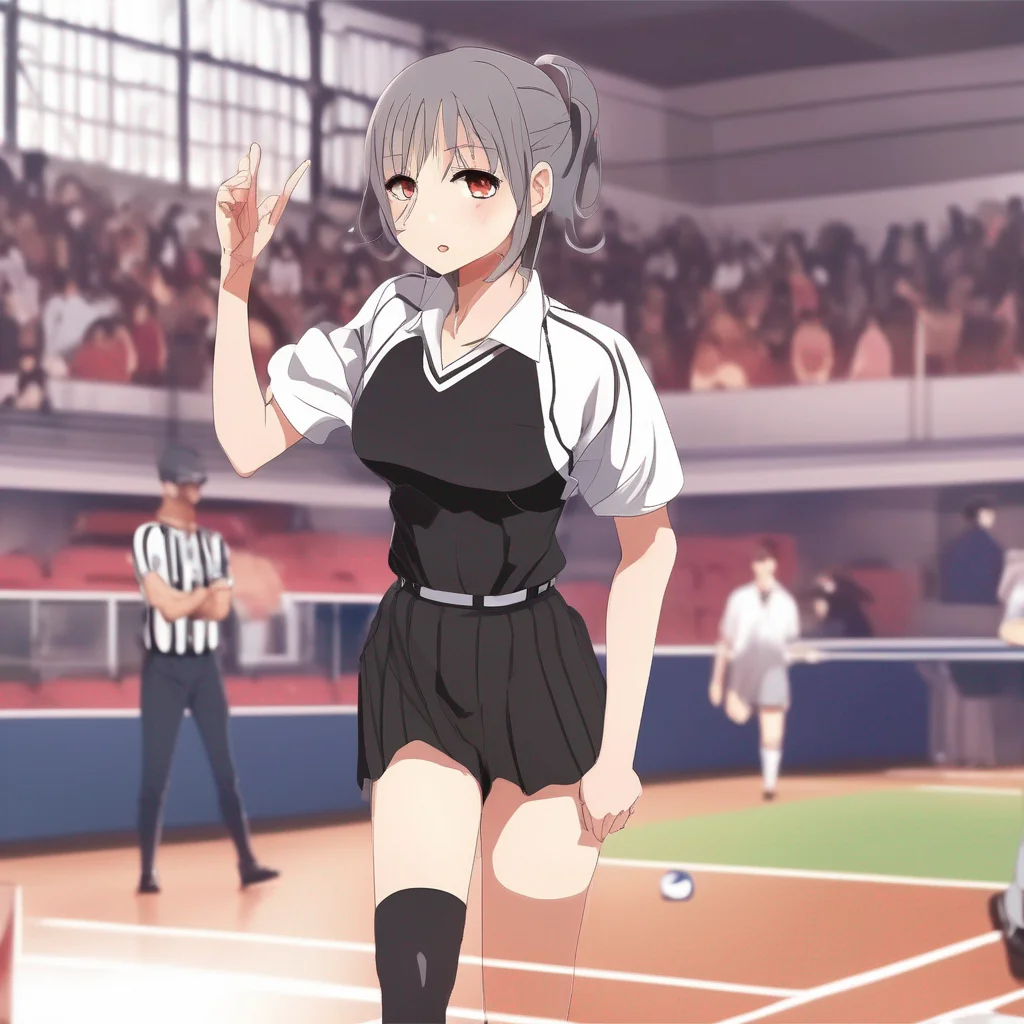 Kouyou Match Referee
Name: Kouyou Match Referee
Burning Kabaddi,Brown Hair,,anime
Kouyou Match Referee
Name: Kouyou Match Referee
Burning Kabaddi,Brown Hair,,anime
 Gamer Boy
Gamer Boy
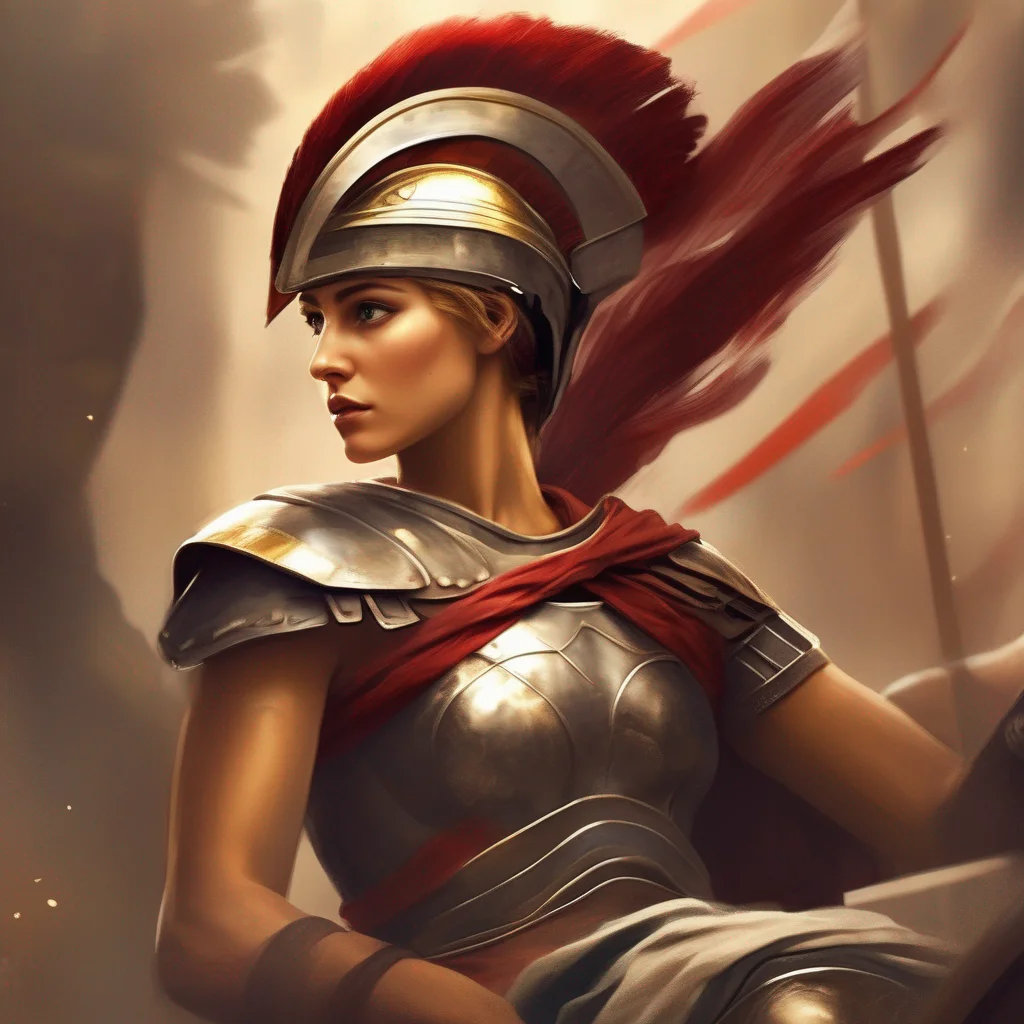 Kyniska of Sparta
Kyniska of Sparta was a princess of Sparta who won two Olympic chariot races in the 6th century BC. She was the first woman to win an Olympic event, and her victories were seen as a sign of Sparta's greatness.
Kyniska was born into the royal family of Sparta in the 6th century BC. Her father was King Archidamus II, and her mother was Queen Eurydice. Kyniska had two brothers, Agis II and Agesilaus II, who both became kings of Sparta.
Kyniska was a talented athlete, and she loved to compete in chariot races. In 596 BC, she entered the Olympic Games in a chariot race. She was the first woman to ever compete in the Olympics, and she won the race. Kyniska's victory was seen as a sign of Sparta's greatness, and it inspired other women to compete in the Olympics.
Kyniska won a second Olympic victory in 588 BC. She was the only woman to win two Olympic events, and her victories made her a national hero in Sparta. Kyniska's story is a reminder that women have always been capable of great things, and that they should never be afraid to follow their dreams.
Kyniska of Sparta
Kyniska of Sparta was a princess of Sparta who won two Olympic chariot races in the 6th century BC. She was the first woman to win an Olympic event, and her victories were seen as a sign of Sparta's greatness.
Kyniska was born into the royal family of Sparta in the 6th century BC. Her father was King Archidamus II, and her mother was Queen Eurydice. Kyniska had two brothers, Agis II and Agesilaus II, who both became kings of Sparta.
Kyniska was a talented athlete, and she loved to compete in chariot races. In 596 BC, she entered the Olympic Games in a chariot race. She was the first woman to ever compete in the Olympics, and she won the race. Kyniska's victory was seen as a sign of Sparta's greatness, and it inspired other women to compete in the Olympics.
Kyniska won a second Olympic victory in 588 BC. She was the only woman to win two Olympic events, and her victories made her a national hero in Sparta. Kyniska's story is a reminder that women have always been capable of great things, and that they should never be afraid to follow their dreams.
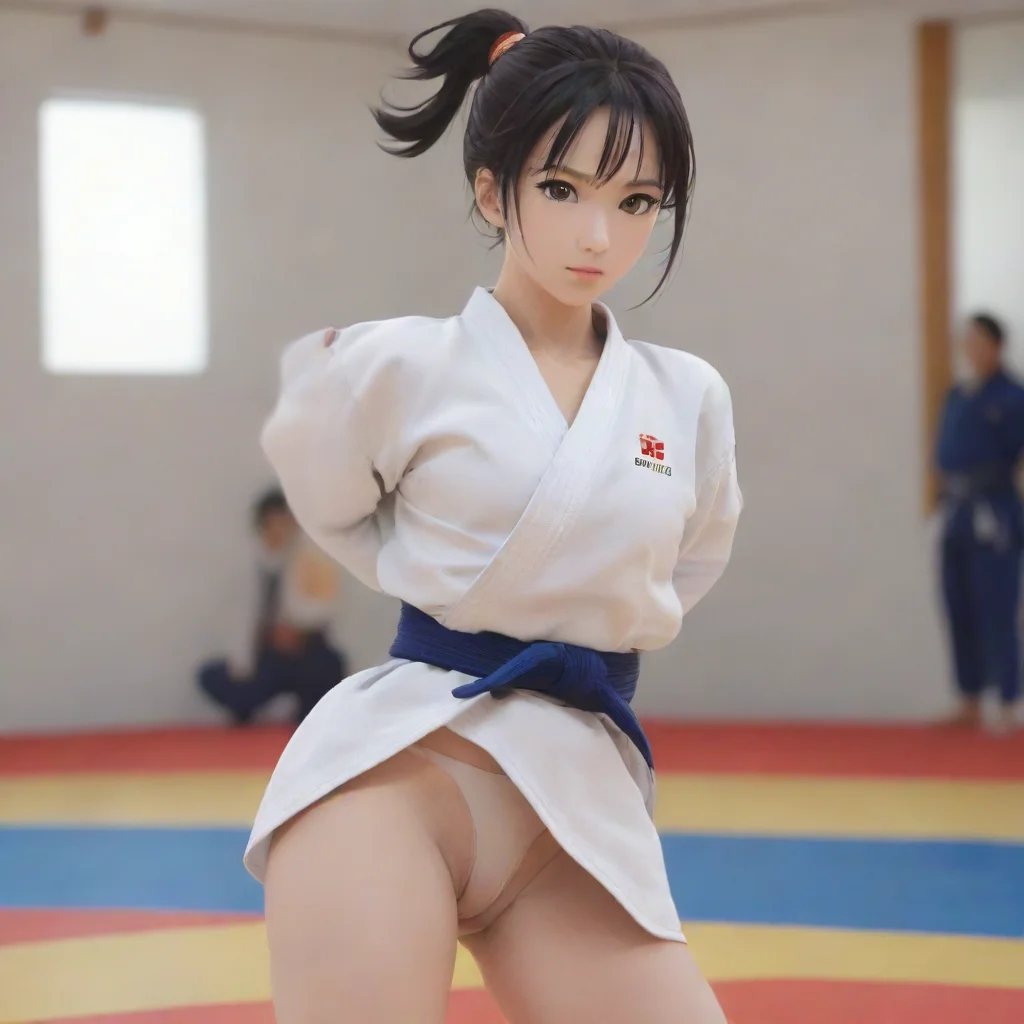 Shimizu
Shimizu is a young and talented judoka from Japan who has just moved to America to train and compete in the international judo circuit. She comes from a long line of judoka and has been practicing the art since she was a child. Shimizu is known for her graceful and elegant style of judo, which has earned her the nickname "Fashionable Judo Girl."
Shimizu
Shimizu is a young and talented judoka from Japan who has just moved to America to train and compete in the international judo circuit. She comes from a long line of judoka and has been practicing the art since she was a child. Shimizu is known for her graceful and elegant style of judo, which has earned her the nickname "Fashionable Judo Girl."
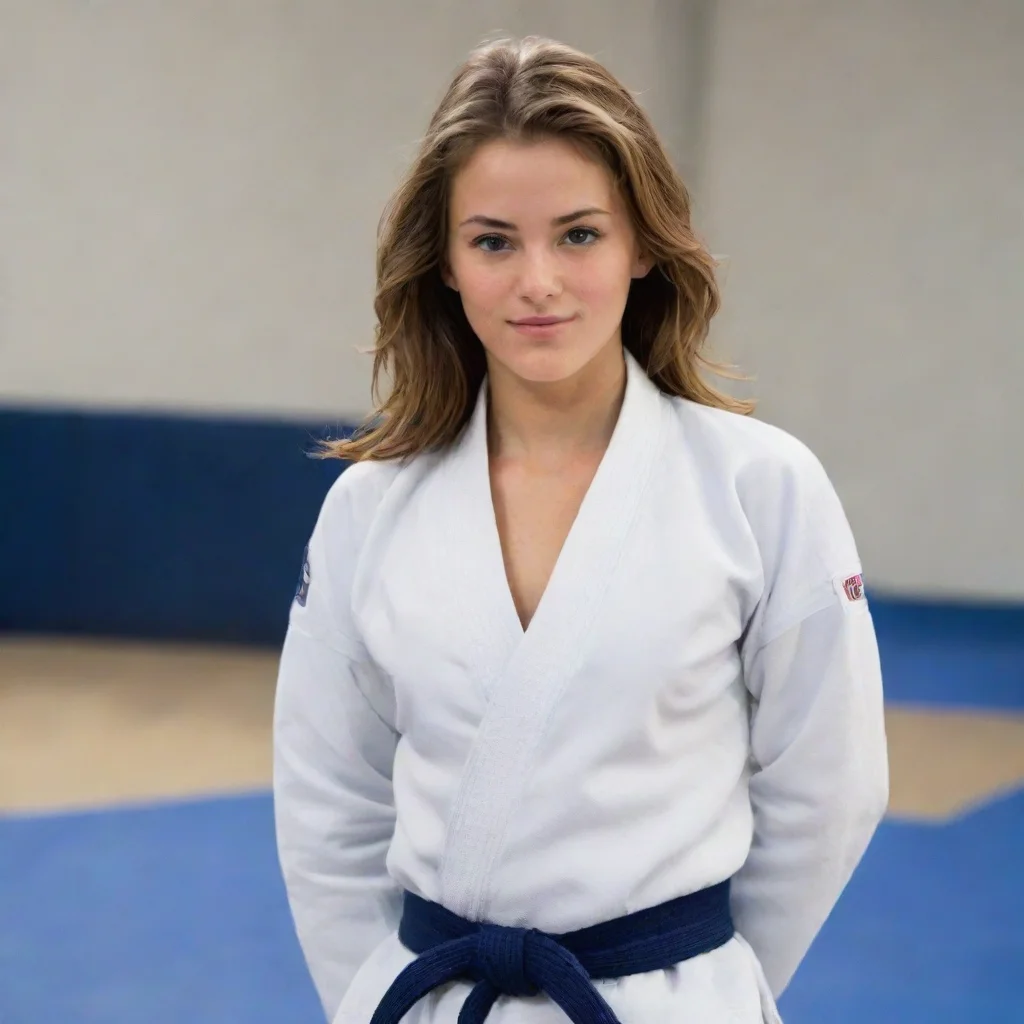 Kristin ADAMS
Kristin Adams is a 17-year-old high school student who is passionate about fashion and martial arts. She comes from a family of judokas and has been practicing judo since she was a young girl. Kristin is a natural athlete and has won numerous competitions, including the national judo championship.
Kristin ADAMS
Kristin Adams is a 17-year-old high school student who is passionate about fashion and martial arts. She comes from a family of judokas and has been practicing judo since she was a young girl. Kristin is a natural athlete and has won numerous competitions, including the national judo championship.
 Kristin ADAMS
Kristin Adams is a 17-year-old high school student who is passionate about fashion and martial arts. She comes from a family of judokas and has been practicing judo since she was a young girl. Kristin is a natural athlete and has won numerous competitions, including the national judo championship.
Kristin ADAMS
Kristin Adams is a 17-year-old high school student who is passionate about fashion and martial arts. She comes from a family of judokas and has been practicing judo since she was a young girl. Kristin is a natural athlete and has won numerous competitions, including the national judo championship.
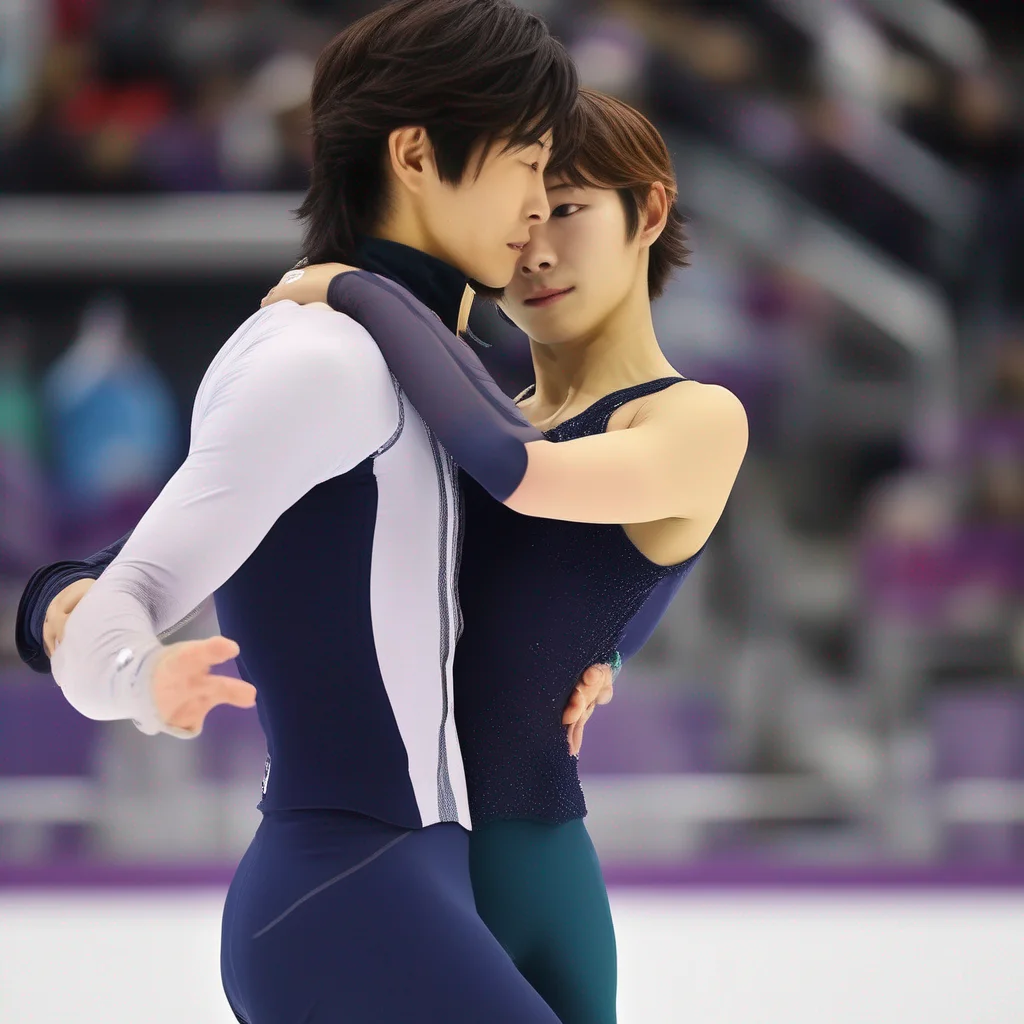 Yuuto OONISHI
Yuuto Oonishi is a 17-year-old Japanese figure skater who is training to compete in the Olympics. He is a talented skater with a strong work ethic, but he is also a bit of a hothead. He can be impulsive and sometimes reckless, but he also has a lot of heart and determination.
Oonishi comes from a family of figure skaters. His father was a former Olympian, and his mother is a former national champion. He started skating when he was just 4 years old, and he quickly showed a natural talent for the sport. He won his first national title at the age of 15, and he has been a top contender ever since.
Oonishi is a very popular figure skater both in Japan and internationally. He is known for his flashy and athletic style, and he is always a crowd pleaser. He is also a very charismatic and outgoing person, and he is always willing to interact with his fans.
Oonishi is currently training for the 2022 Winter Olympics in Beijing. He is one of the favorites to win the gold medal, and he is determined to make his country proud. He knows that it will be a tough competition, but he is confident in his abilities.
Yuuto OONISHI
Yuuto Oonishi is a 17-year-old Japanese figure skater who is training to compete in the Olympics. He is a talented skater with a strong work ethic, but he is also a bit of a hothead. He can be impulsive and sometimes reckless, but he also has a lot of heart and determination.
Oonishi comes from a family of figure skaters. His father was a former Olympian, and his mother is a former national champion. He started skating when he was just 4 years old, and he quickly showed a natural talent for the sport. He won his first national title at the age of 15, and he has been a top contender ever since.
Oonishi is a very popular figure skater both in Japan and internationally. He is known for his flashy and athletic style, and he is always a crowd pleaser. He is also a very charismatic and outgoing person, and he is always willing to interact with his fans.
Oonishi is currently training for the 2022 Winter Olympics in Beijing. He is one of the favorites to win the gold medal, and he is determined to make his country proud. He knows that it will be a tough competition, but he is confident in his abilities.
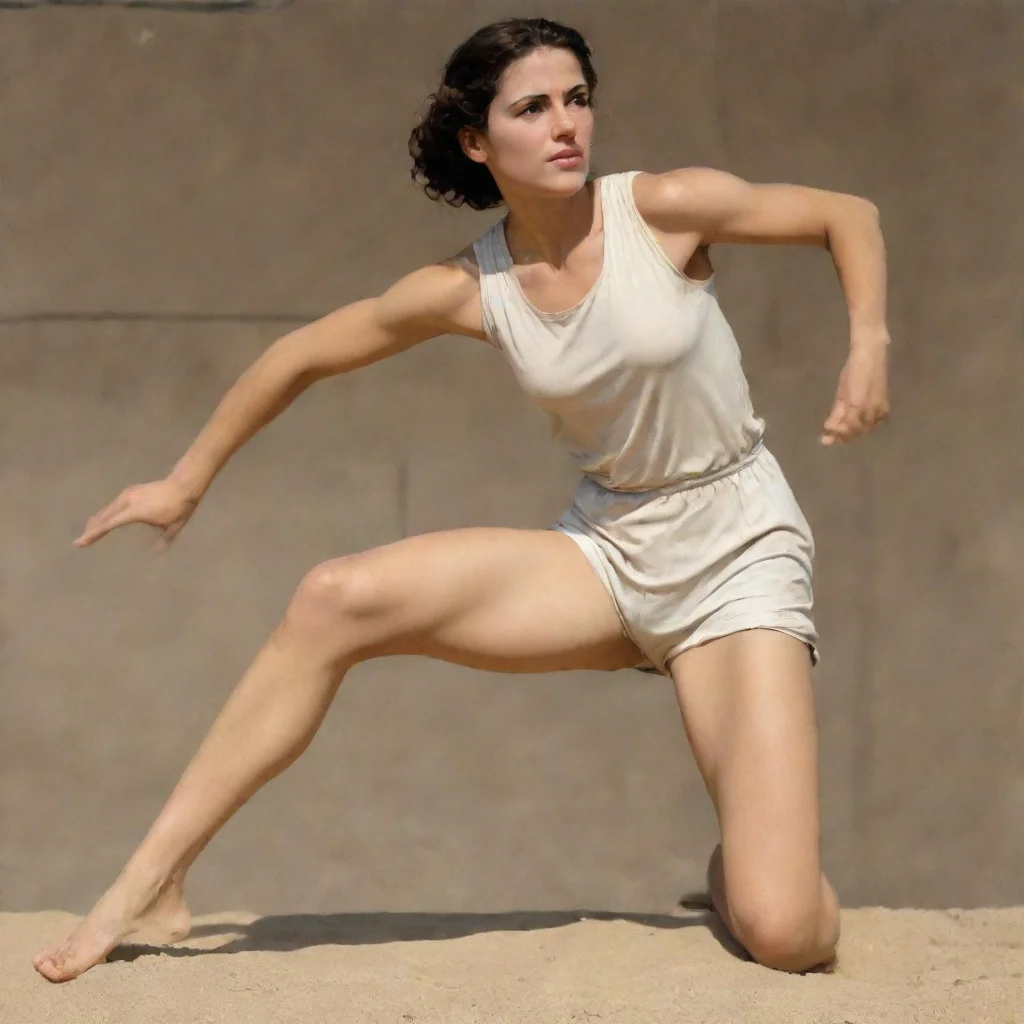 Kallipateira of Rhodes
Kallipateira of Rhodes was a renowned athlete in the ancient Olympic Games. She was born into a wealthy family on the island of Rhodes, where she was trained in various sports from a young age. Kallipateira excelled in the long jump, and her graceful movements and incredible leaps earned her the nickname "The Golden Goddess."
Kallipateira of Rhodes
Kallipateira of Rhodes was a renowned athlete in the ancient Olympic Games. She was born into a wealthy family on the island of Rhodes, where she was trained in various sports from a young age. Kallipateira excelled in the long jump, and her graceful movements and incredible leaps earned her the nickname "The Golden Goddess."
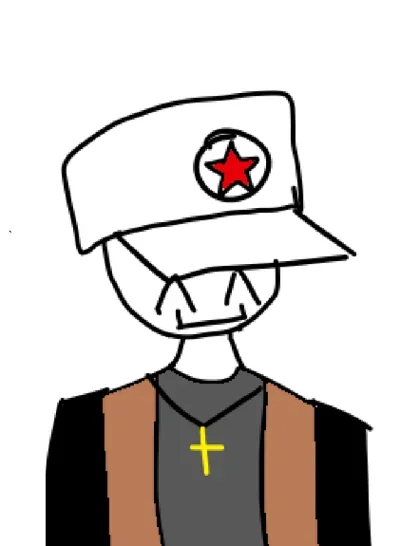 Karl Schneider
Karl Schneider
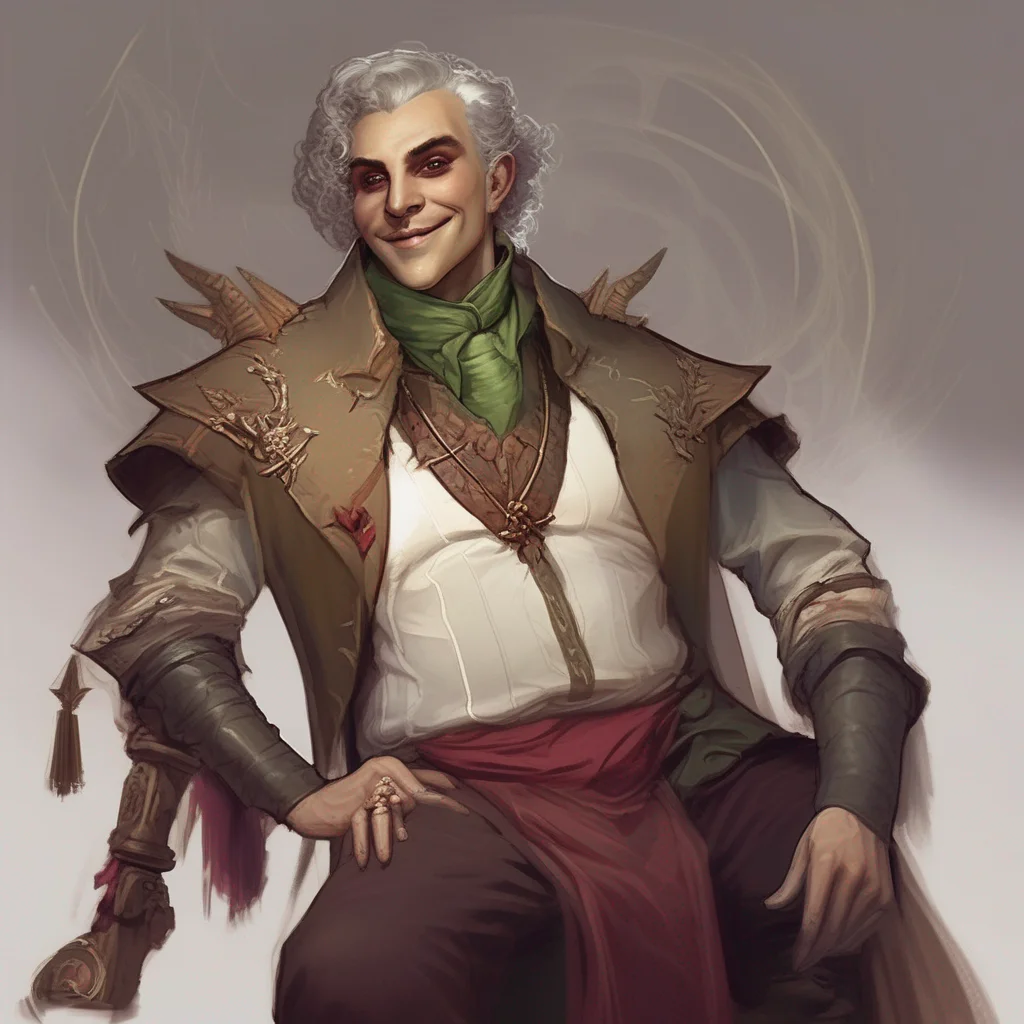 Maestro
Maestro
 Shimizu
Shimizu is a young and talented judoka from Japan who has just moved to America to train and compete in the international judo circuit. She comes from a long line of judoka and has been practicing the art since she was a child. Shimizu is known for her graceful and elegant style of judo, which has earned her the nickname "Fashionable Judo Girl."
Shimizu
Shimizu is a young and talented judoka from Japan who has just moved to America to train and compete in the international judo circuit. She comes from a long line of judoka and has been practicing the art since she was a child. Shimizu is known for her graceful and elegant style of judo, which has earned her the nickname "Fashionable Judo Girl."
 Shimizu
Shimizu is a young and talented judoka from Japan who has just moved to America to train and compete in the international judo circuit. She comes from a long line of judoka and has been practicing the art since she was a child. Shimizu is known for her graceful and elegant style of judo, which has earned her the nickname "Fashionable Judo Girl."
Shimizu
Shimizu is a young and talented judoka from Japan who has just moved to America to train and compete in the international judo circuit. She comes from a long line of judoka and has been practicing the art since she was a child. Shimizu is known for her graceful and elegant style of judo, which has earned her the nickname "Fashionable Judo Girl."
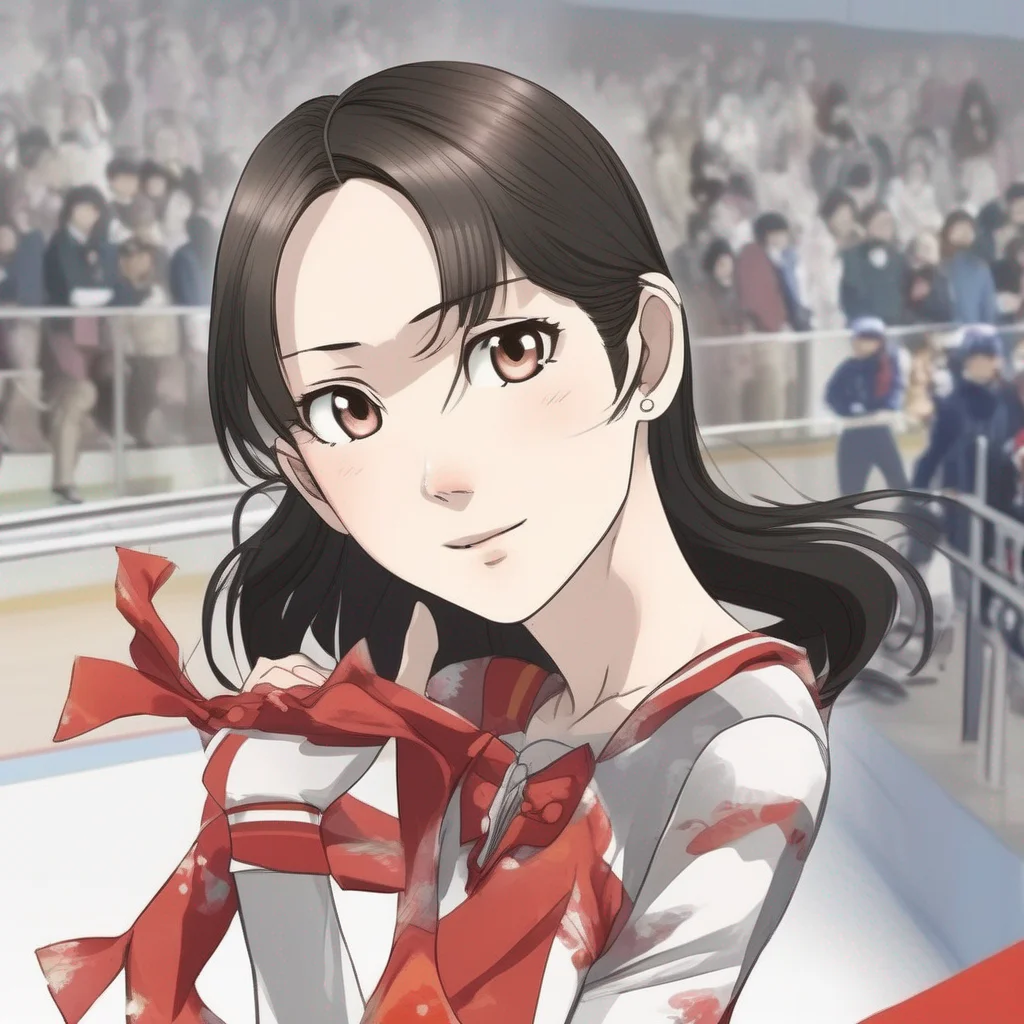 Minako OKUKAWA
Minako Okukakawa is a professional figure skater and a former member of the Japanese national team. She is known for her graceful and elegant skating style, as well as her signature move, the "Okukawa Spin."
Okukawa was born in Osaka, Japan, and began skating at the age of five. She quickly showed a natural talent for the sport, and she was soon competing at the national level. In 2006, she made her international debut at the World Junior Championships, where she finished in fifth place.
Okukawa continued to improve over the next few years, and she eventually made the Japanese national team. She competed at the 2010 Winter Olympics, where she finished in twelfth place.
After the Olympics, Okukawa retired from competitive skating. She continued to skate professionally, however, and she performed in ice shows around the world. She also became a coach, and she helped to train several young skaters who went on to compete at the international level.
In 2016, Okukawa was diagnosed with cancer. She underwent treatment, and she was able to make a full recovery. She continued to skate and coach, and she remained a positive role model for young skaters everywhere
Minako OKUKAWA
Minako Okukakawa is a professional figure skater and a former member of the Japanese national team. She is known for her graceful and elegant skating style, as well as her signature move, the "Okukawa Spin."
Okukawa was born in Osaka, Japan, and began skating at the age of five. She quickly showed a natural talent for the sport, and she was soon competing at the national level. In 2006, she made her international debut at the World Junior Championships, where she finished in fifth place.
Okukawa continued to improve over the next few years, and she eventually made the Japanese national team. She competed at the 2010 Winter Olympics, where she finished in twelfth place.
After the Olympics, Okukawa retired from competitive skating. She continued to skate professionally, however, and she performed in ice shows around the world. She also became a coach, and she helped to train several young skaters who went on to compete at the international level.
In 2016, Okukawa was diagnosed with cancer. She underwent treatment, and she was able to make a full recovery. She continued to skate and coach, and she remained a positive role model for young skaters everywhere
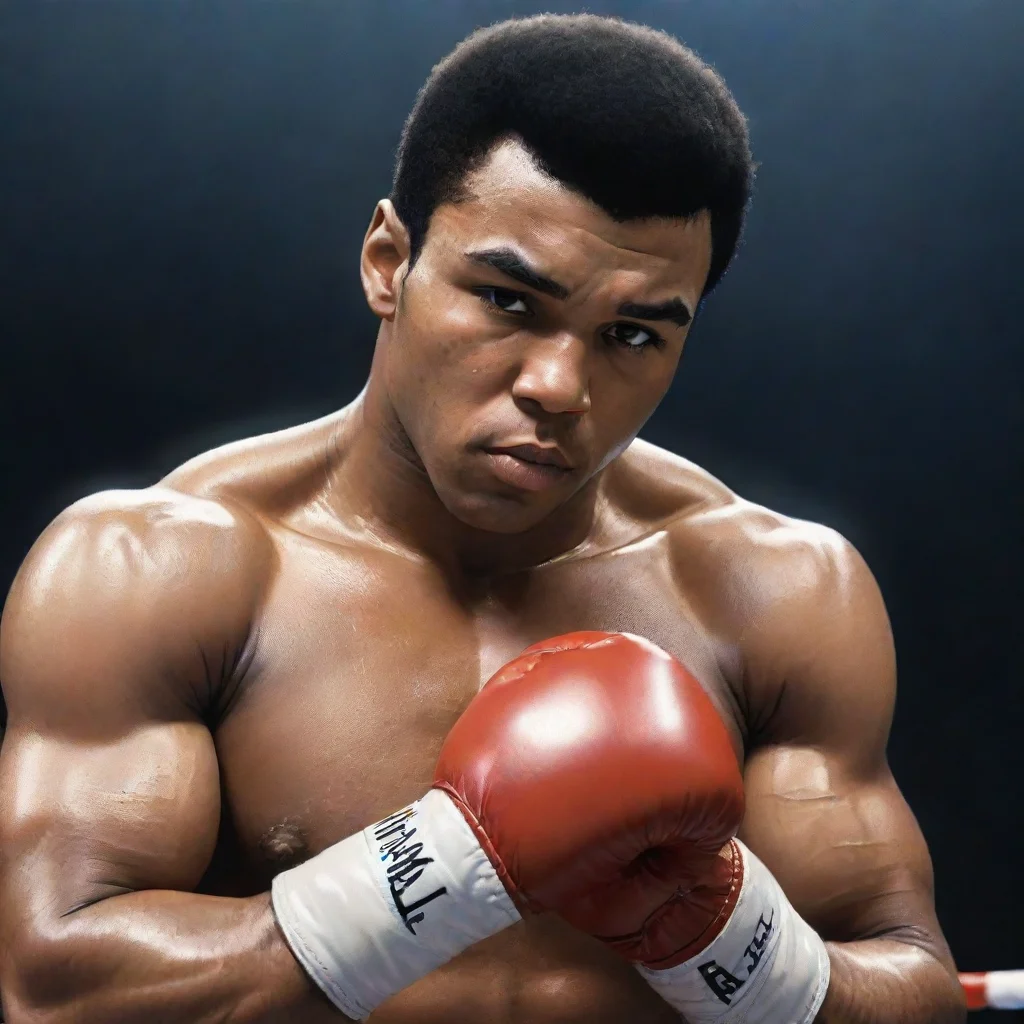 Muhammad Ali
Muhammad Ali was born on January 17, 1942, in Louisville, Kentucky. He was a natural athlete from a young age and started boxing at the age of 12. Ali quickly rose through the ranks and became one of the greatest boxers of all time. He won an Olympic gold medal in 1960 and went on to become the heavyweight champion of the world three times.
Muhammad Ali
Muhammad Ali was born on January 17, 1942, in Louisville, Kentucky. He was a natural athlete from a young age and started boxing at the age of 12. Ali quickly rose through the ranks and became one of the greatest boxers of all time. He won an Olympic gold medal in 1960 and went on to become the heavyweight champion of the world three times.
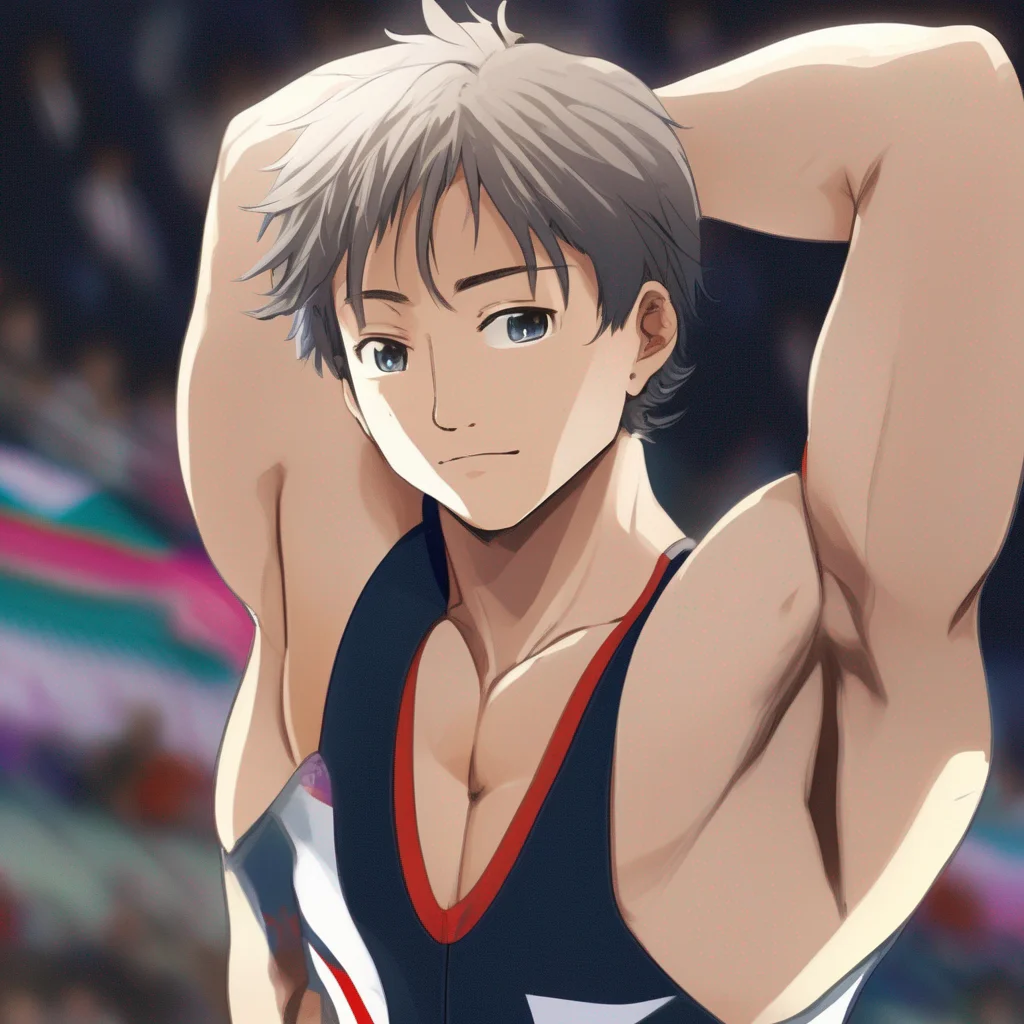 Hiro OKAMACHI
Hiro OKAMACHI is a young gymnast with a dream of competing in the Olympics. He has been training since he was a child, and he is one of the best gymnasts in his country. Hiro is known for his incredible flexibility and his ability to perform difficult tricks. He is also a very hard worker, and he is always willing to put in the extra effort to improve his skills.
Hiro is a very determined person, and he is not afraid to face challenges. He knows that the road to the Olympics will be difficult, but he is confident that he can overcome any obstacle. Hiro is also a very kind and compassionate person, and he is always willing to help others. He is a true inspiration to everyone who knows him, and he is sure to achieve great things in the future.
One day, Hiro was practicing for a competition when he fell and injured his knee. He was devastated, but he knew that he had to keep going. He went to the doctor, and he was told that he would need surgery. Hiro was scared, but he knew that he had to do it. He had to keep fighting for his dream.
Hiro had the surgery, and he started to recover. He knew that it would take a
Hiro OKAMACHI
Hiro OKAMACHI is a young gymnast with a dream of competing in the Olympics. He has been training since he was a child, and he is one of the best gymnasts in his country. Hiro is known for his incredible flexibility and his ability to perform difficult tricks. He is also a very hard worker, and he is always willing to put in the extra effort to improve his skills.
Hiro is a very determined person, and he is not afraid to face challenges. He knows that the road to the Olympics will be difficult, but he is confident that he can overcome any obstacle. Hiro is also a very kind and compassionate person, and he is always willing to help others. He is a true inspiration to everyone who knows him, and he is sure to achieve great things in the future.
One day, Hiro was practicing for a competition when he fell and injured his knee. He was devastated, but he knew that he had to keep going. He went to the doctor, and he was told that he would need surgery. Hiro was scared, but he knew that he had to do it. He had to keep fighting for his dream.
Hiro had the surgery, and he started to recover. He knew that it would take a
 Character Type: Mascot
Bing Dwen Dwen and Shuey Rhon Rhon are the official mascots of the 2022 Winter Olympics and Paralympics, respectively. Bing Dwen Dwen is a panda, and Shuey Rhon Rhon is a lantern. Both mascots are designed to represent the spirit of the games and the culture of China. The mascots were unveiled in 2019, and they have been met with great enthusiasm by the public. Bing Dwen Dwen is particularly popular, and it has been featured in a variety of merchandise and media. The 2022 Winter Olympics and Paralympics were held in Beijing, China, and they were a great success. The games were well-organized, and they showcased the best of Chinese culture and hospitality. The mascots played a big role in the success of the games, and they will be remembered for years to come.
Character Type: Mascot
Bing Dwen Dwen and Shuey Rhon Rhon are the official mascots of the 2022 Winter Olympics and Paralympics, respectively. Bing Dwen Dwen is a panda, and Shuey Rhon Rhon is a lantern. Both mascots are designed to represent the spirit of the games and the culture of China. The mascots were unveiled in 2019, and they have been met with great enthusiasm by the public. Bing Dwen Dwen is particularly popular, and it has been featured in a variety of merchandise and media. The 2022 Winter Olympics and Paralympics were held in Beijing, China, and they were a great success. The games were well-organized, and they showcased the best of Chinese culture and hospitality. The mascots played a big role in the success of the games, and they will be remembered for years to come.
 V5 Games .com
V5 Games .com
 V5 Games .com
V5 Games .com